Resource Library
A Case for Caterpillars
Gardens contain friends and foes. Often gardeners may not fully understand the long-term benefits of a perceived threat. One organism that usually walks, or rather crawls, along that fine line is the caterpillar.
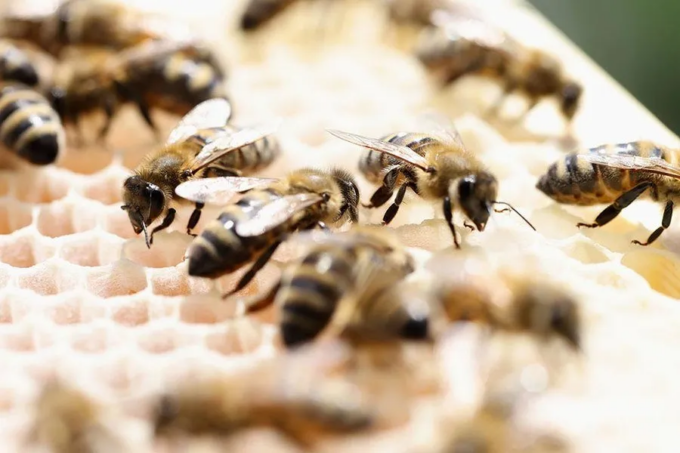
A Quick Reference Guide to Honey Bee Parasites, Pests, Predators, and Diseases
Information about common honey bee maladies, including varroa mite, tracheal mite, bee louse, skunks, bears, foulbrood, and nosema.
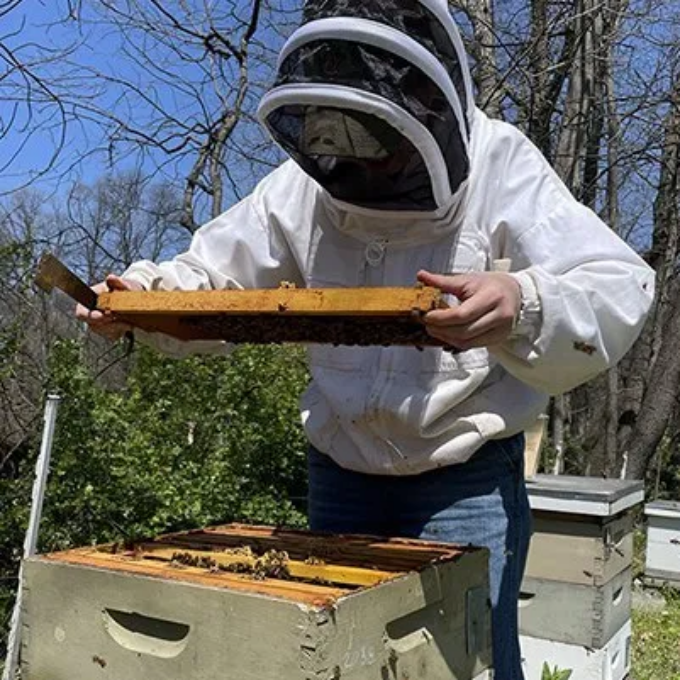
Alcohol Wash for Varroa Mite Monitoring
An alcohol wash is the best method for monitoring Varroa mite populations in honey bee colonies.
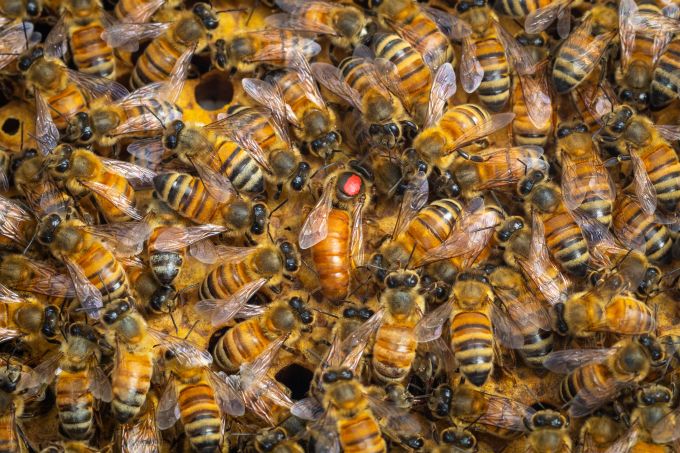
An Introduction to Honey Bee Breeding Program Design
Evaluating colony performance and making informed selections of breeding stocks requires meticulous planning, rigorous record keeping, and regular inspections. Because honey bee queens naturally mate in flight with multiple males of unknown lineage, making controlled crosses requires specialized training and equipment. In this document, learn how to implement and evaluate a long-term honey bee breeding program.
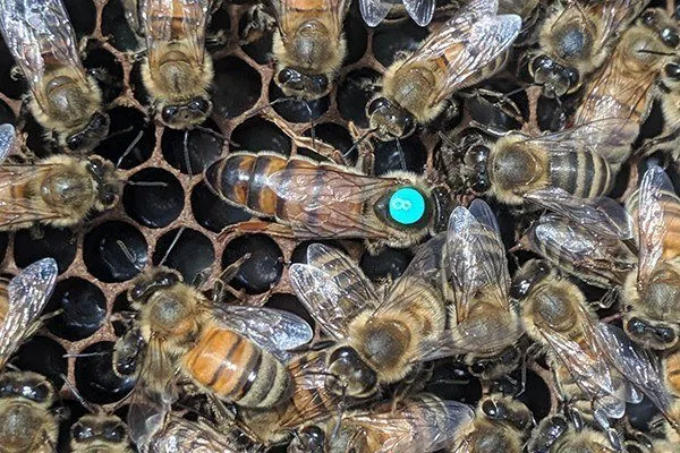
An Introduction to Queen Honey Bee Development
The queen is the most important individual in a colony. She is the only bee capable of producing workers and tens of thousands of workers are required for strong colonies.
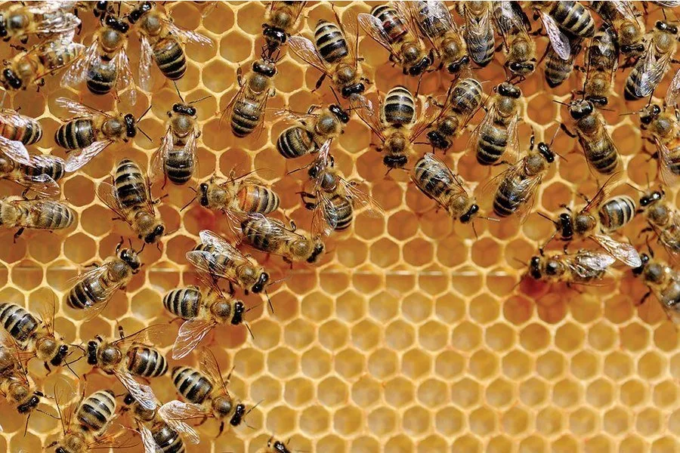
An Organic Management System for Honey Bees
Outlines the practices, treatments, and steps for managing honey bees using an organic management system.
Anise Hyssop for the Perennial Garden
Anise hyssop has been named the 2019 Herb of the Year™ by the International Herb Association. Learn about the characteristics and uses of this appealing native plant.
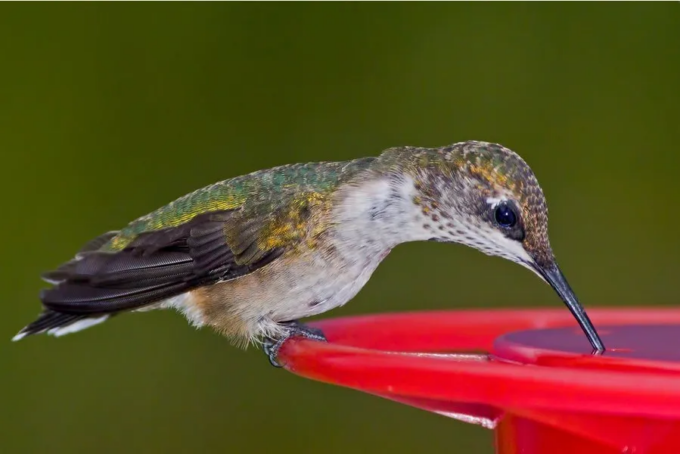
Attracting Hummingbirds
Learn about the many aspects of hummingbirds and how to attract them to your property.
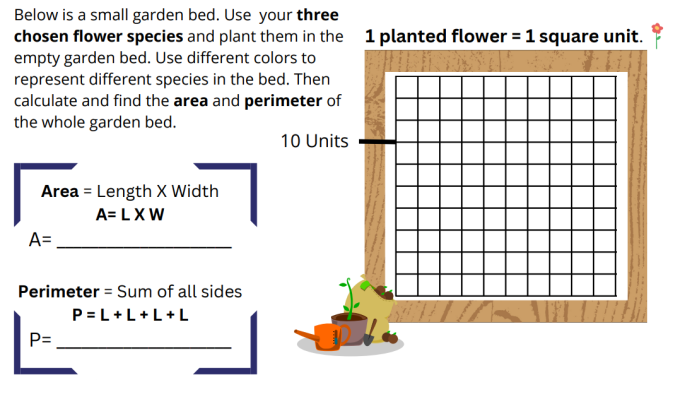
Bee-Healthy Farms
Grade Level: 3rd-5th Grade, Environmental Literacy
Overview: In this lesson, students will learn the importance of a healthy diet for living organisms. Students will learn about the importance of agriculture and how humans can affect food crops. Students will learn that the key role to a healthy agriculture is having a thriving population of pollinators. The class will hear stories from STEM-related careers in the agricultural industry and the importance of pollinators for our food. Students will gain knowledge and design their own pollinator garden. Students will choose different types of plants based on; native and non-native species, color, and growing season. Students will use math to measure their garden bed and will use formulas to find the area/perimeter of their garden bed. Students will be able to share the similarities and differences of their pollinator garden beds.
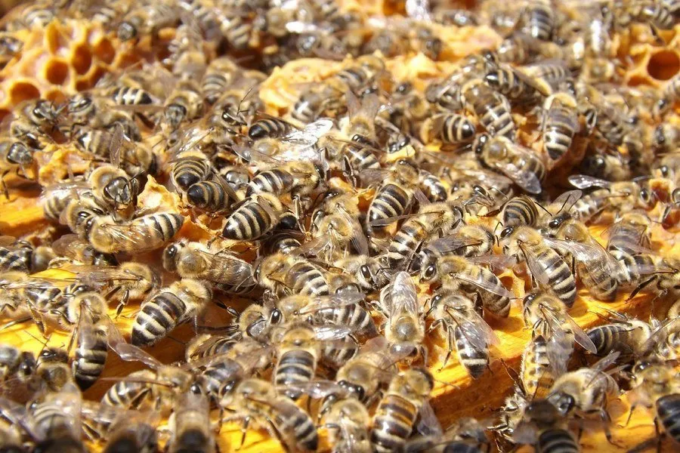
Beekeeping - Honey Bees
Honey bees can be managed to produce many products, but they are even more valued for the major role they play in pollination of agricultural crops.
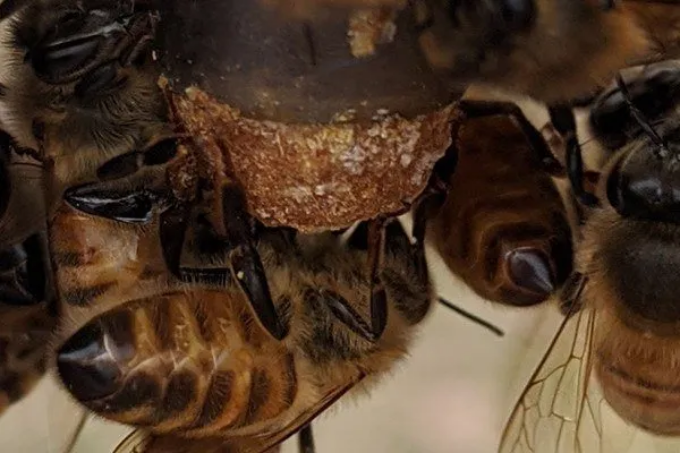
Beekeeping Cell Builder Basics
Honey bee colony behavior is dynamic and extremely adaptable, which allows for easy manipulation and management of these amazing social insects.
Bees and Wasps: Foraging for Food in the Fall
In the fall, bees and wasps are on the hunt for sweets or carbohydrates, the primary energy source that keeps them flying and active for other routine activities.
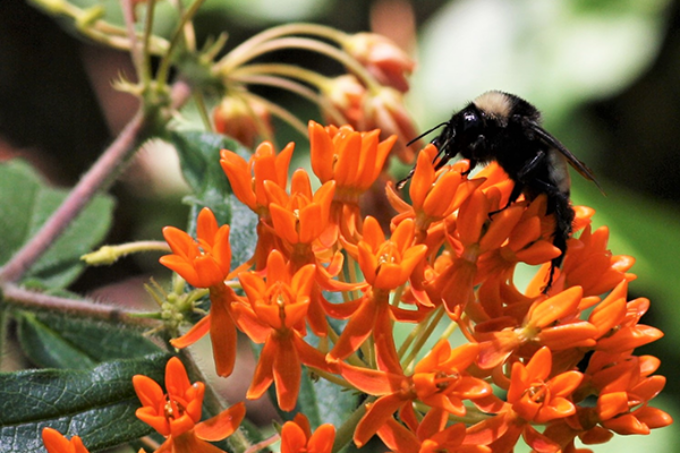
Bees in Pennsylvania: Diversity, Ecology, and Importance
At least 437 species of bees contribute to pollinating Pennsylvania's natural areas, gardens, and agricultural crops. Learn more about how they are classified, their lifestyles, and how documenting bee species in Pennsylvania improves our knowledge about their populations and distributions.

Bug of the Month: American Pelecinid Wasp
The October 2025 Bug of the Month is the American Pelecinid Wasp.
Written by PSU Ecology student Nina Gropp

Bug of the Month: Argyrotaenia velutinana
The June 2022 Bug of the Month is Argyrotaenia velutinana, the red-banded leaf roller.
By Laura Laiton Jimenez
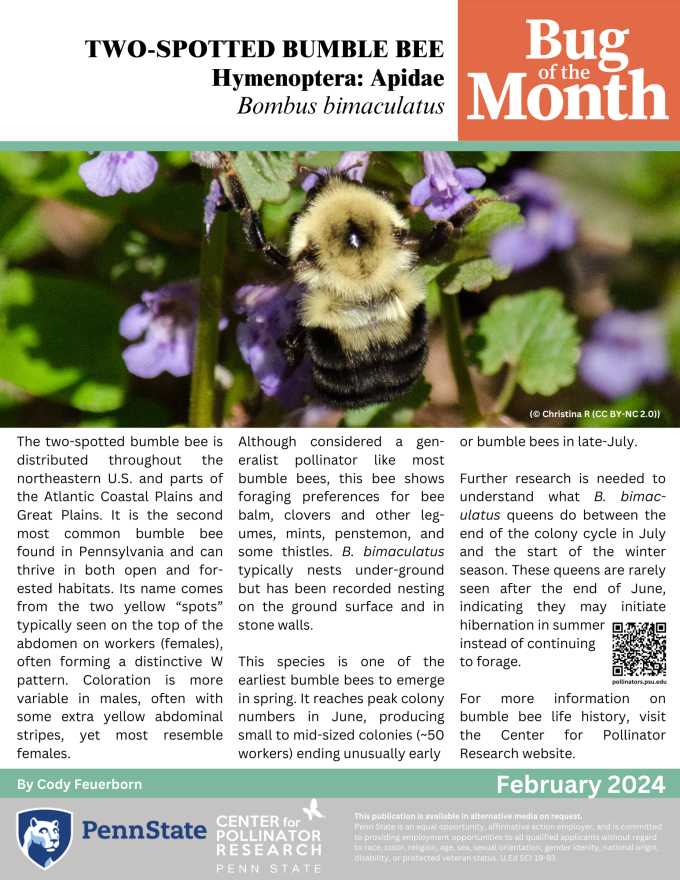
Bug of the Month: Bombus bimaculatus
The February 2024 Bug of the Month is Bombus bimaculatus, the two-spotted bumble bee.
By Cody Feuerborn
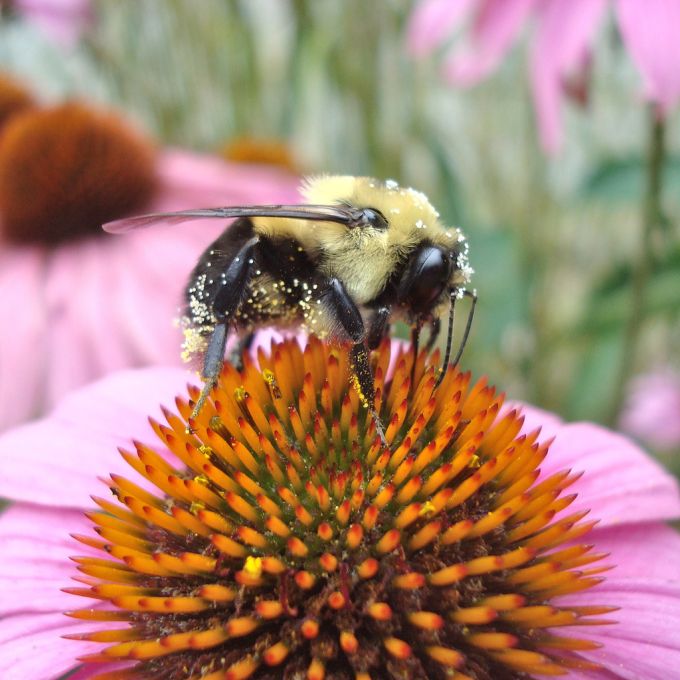
Bug of the Month: Bombus griseocollis
The March 2024 Bug of the Month is Bombus griseocollis, the brown-belted bumble bee.
By Cody Feuerborn

Bug of the Month: Bombus impatiens
The July 2021 Bug of the Month is Bombus impatiens, the common eastern bumble bee.
By Francesca Ferguson and Anna Cressman
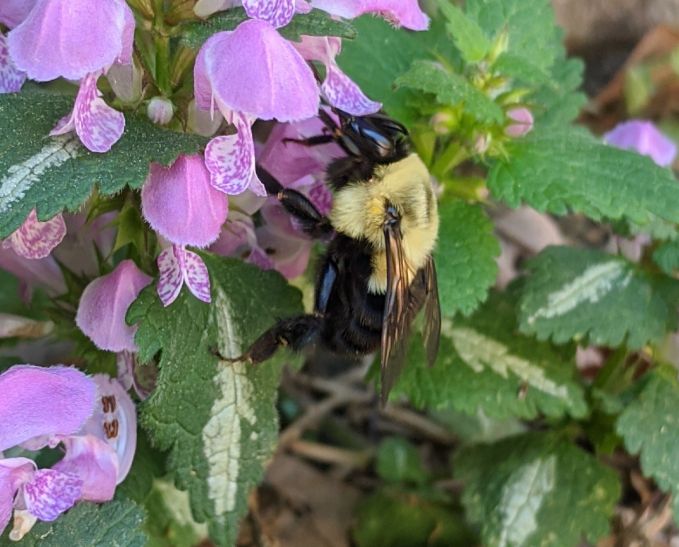
Bug of the Month: Bombus impatiens
The April 2024 Bug of the Month is Bombus impatiens, the common Eastern bumble bee.
By Cody Feuerborn

Bug of the Month: Cambarus bartonii
The September 2021 Bug of the Month is Cambarus bartonii, the common crayfish.
By Francesca Ferguson
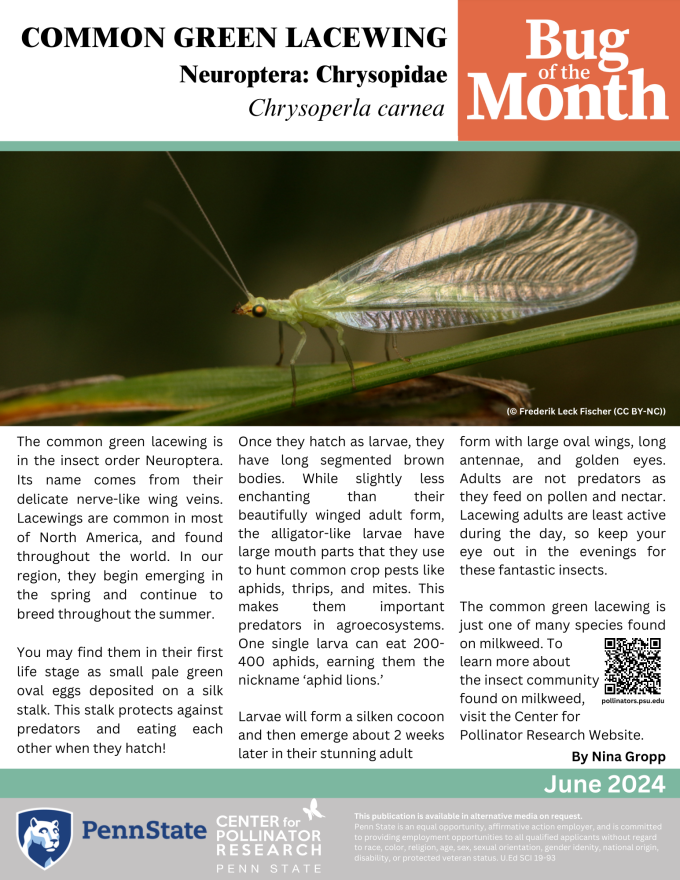
Bug of the Month: Chrysoperla carnea
The June 2024 Bug of the Month is Chrysoperla carnea, the common green lacewing.
By Nina Gropp

Bug of the Month: Coccinellidae species
The November 2022 Bug of the Month is Coccinellidae species, the lady beetles.
By Laura Laiton Jimenez

Bug of the Month: Corydalidae species
The August 2021 Bug of the Month is Corydalidae species, an aquatic insect called a hellgrammite.
By Francesca Ferguson

Bug of the Month: Daktulosphaira vitifoliae
The August 2022 Bug of the Month is Daktulosphaira vitifoliae, the grape phylloxera.
By Laura Laiton Jimenez

Bug of the Month: Diapheromera femorata
The March 2022 Bug of the Month is Diapheromera femorata, the walkingstick.
By Francesca Ferguson

Bug of the Month: Diplolepis bicolor
The November 2021 Bug of the Month is Diplolepis bicolor, the spiny rose gall wasp.
By Francesca Ferguson

Bug of the Month: Enchenopa binotata
The January 2023 Bug of the Month is Enchenopa binotata, the two-marked treehopper.
By Laura Laiton Jimenez

Bug of the Month: Epeorus nymph species
The May 2021 Bug of the Month is Epeorus species, also known as flat-headed or cookie-headed mayfly.
By Francesca Ferguson

Bug of the Month: Erythroneura species
The March 2023 Bug of the Month is Erythroneura species, grape leafhoppers.
By Laura Laiton Jimenez
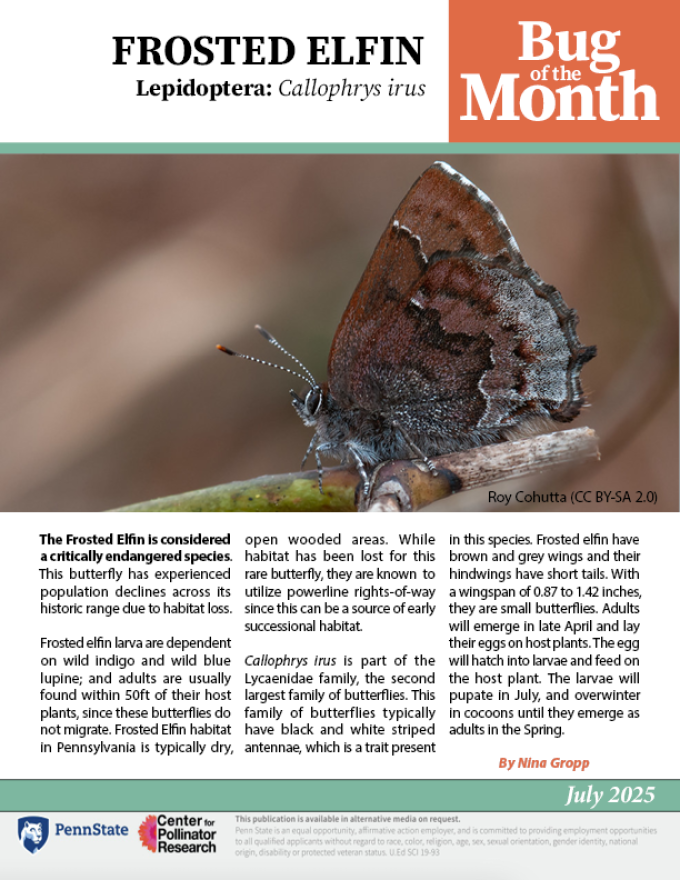
Bug of the Month: Frosted Elfin
The July 2025 Bug of the Month is the Frosted Elfin, a Critically Imperiled Pollinator in Pennsylvania and the focal species for this fall's 2025 PSU Great Insect Fair. Written by PSU Ecology student Nina Gropp.

Bug of the Month: Halyomorpha halys
The April 2023 Bug of the Month is Halyomorpha halys, the brown marmorated stink bug.
By Laura Laiton Jimenez

Bug of the Month: Kongsbergia species
The February 2022 Bug of the Month is Kongsbergia species, water mites.
By Francesca Ferguson

Bug of the Month: Lace bugs
The August 2025 Bug(s) of the Month are lace bugs in the Hemipteran family, Tingidae.
By Ecology student Nina Gropp

Bug of the Month: Lampyridae species
The July 2022 Bug of the Month is Lampyridae species, fireflies.
By Laura Laiton Jimenez

Bug of the Month: Laphria flavicollis
The February 2021 Bug of the Month is Laphria flavicollis, a bumble bee mimic.
By Rachel McLaughlin
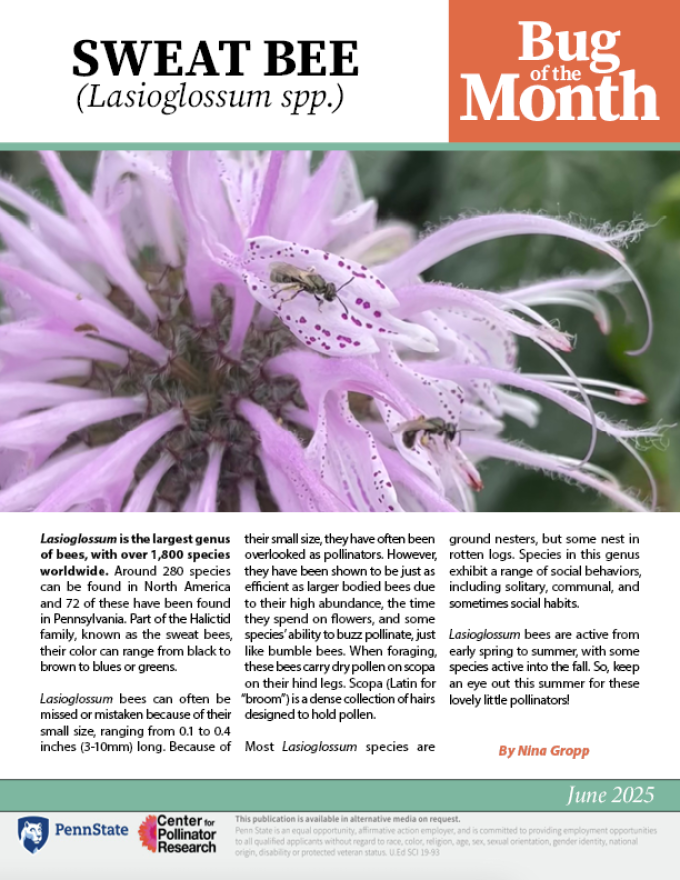
Bug of the month: Lasioglossum spp.
The June 2025 Bug of the Month is the sweat bee, Lassioglossum spp.
By Nina Gropp

Bug of the Month: Lycorma delicatula
The May 2022 Bug of the Month is Lycorma delicatula, the spotted lanternfly.
By Laura Laiton Jimenez

Bug of the Month: Macrodactylus subspinosus
The October 2022 Bug of the Month is Macrodactylus subspinosus, the rose chafer.
By Laura Laiton Jimenez
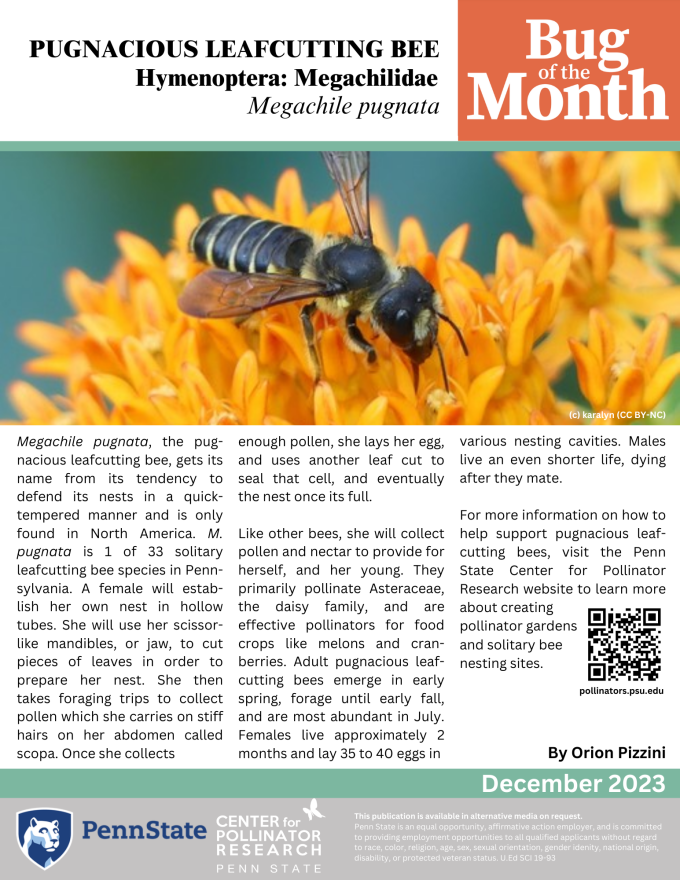
Bug of the Month: Megachile pugnata
The December 2023 Bug of the Month is Megachile pugnata, the pugnacious leafcutting bee. By Orion Pizzini
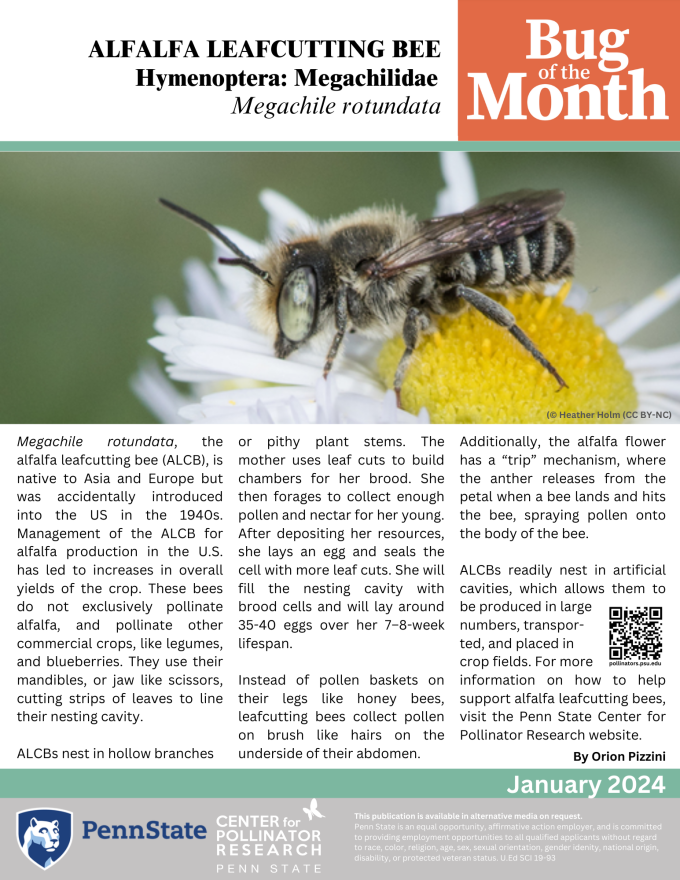
Bug of the Month: Megachile rotundata
The January 2024 Bug of the Month is Megachile rotundata, the alfalfa leafcutting bee.
By Orion Pizzini

Bug of the Month: Otiorhynchus sulcatus
The December 2022 Bug of the Month is Otiorhynchus sulcatus, the black vine weevil.
By Laura Laiton Jimenez

Bug of the Month: Paralobesia vietana
The April 2022 Bug of the Month is Paralobesia vietana, the grape berry moth.
By Laura Laiton Jimenez

Bug of the Month: Peppered Moth
The November 2025 Bug of the Month is the Peppered Moth, Biston betularia
Written by Natalie Boyle

Bug of the Month: Pine Needle Scale
Pine needle scale is a tiny armored scale insect that becomes especially noticeable in winter, when its white, oyster shell–shaped coverings stand out against dark evergreen needles.

Bug of the Month: Popillia japonica
The September 2022 Bug of the Month is Popillia japonica, the Japanese beetle.
By Laura Laiton Jimenez

Bug of the Month: Psephenus species
The June 2021 Bug of the Month is Psephenus species, or water penny.
By Francesca Ferguson

Bug of the Month: Pseudococcus maritimus
The February 2023 Bug of the Month is Pseudococcus maritimus, the grape mealybug.
By Laura Laiton Jimenez

Bug of the Month: Rhyacophila species
The December 2021 Bug of the Month is Rhyacophila species, green caddisflies.
By Francesca Ferguson
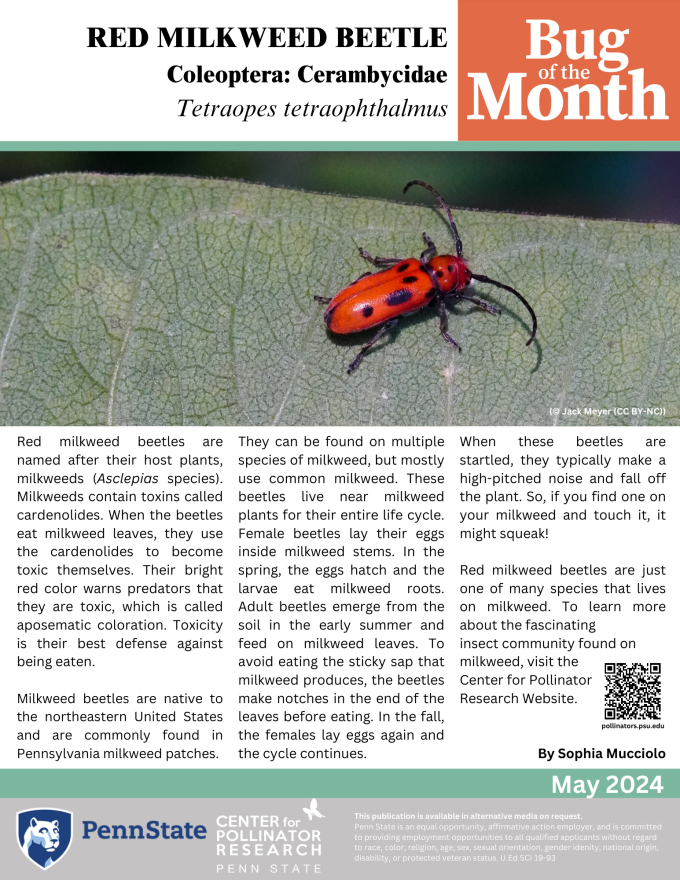
Bug of the Month: Tetraopes tetraophthalmus
The May 2024 Bug of the Month is Tetraopes tetraophthalmus, the red milkweed beetle.
By Sophia Mucciolo

Bug of the Month: Tiger Beetles
The September 2025 Bug of the Month is the tiger beetle, which are fast-moving, brightly colored predators that use their speed and sharp vision to chase down prey on the ground. Written by PSU Ecology student Nina Gropp.
Buttonbush: The Native, Moisture-Loving Shrub
Buttonbush can be grown as a shrub or small tree. Its fragrant flowers are a magnet for pollinators.
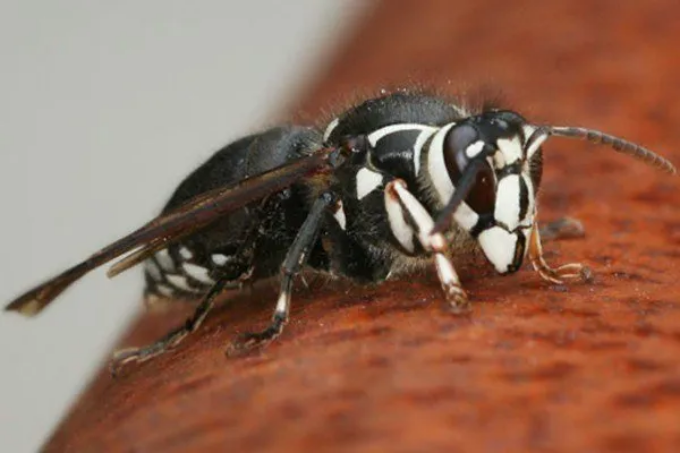
Common Social Bees and Wasps of Pennsylvania Behavior, Lifecycle, and Management
Social organisms live together in groups and interact with others of the same species; humans, wolves, and several species of bees and wasps are examples of social organisms.
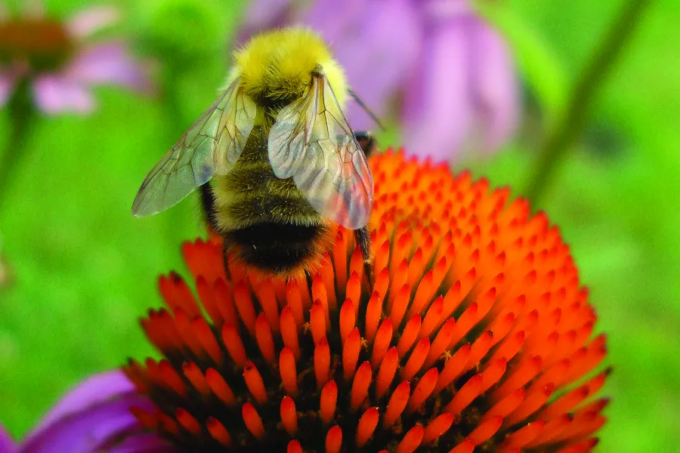
Conserving Wild Bees in Pennsylvania
Wild bees, which include native and naturalized bees, pollinate a variety of crops. In areas of Pennsylvania, wild bees already provide the majority of pollination for some summer vegetable crops.
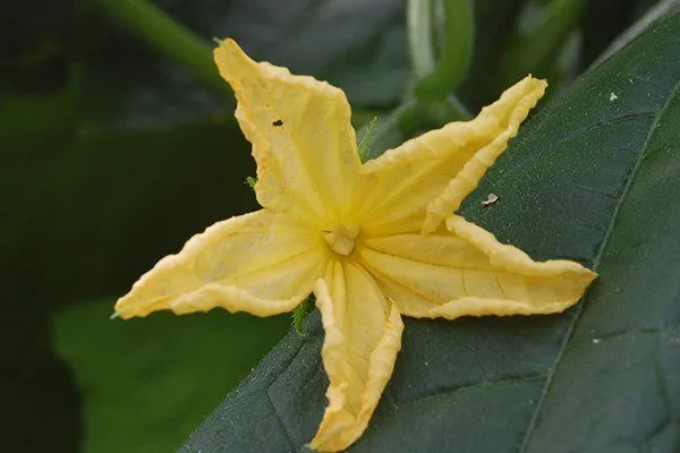
Cucumber Pollination
Cucumbers are native to Asia but are currently grown around the globe.
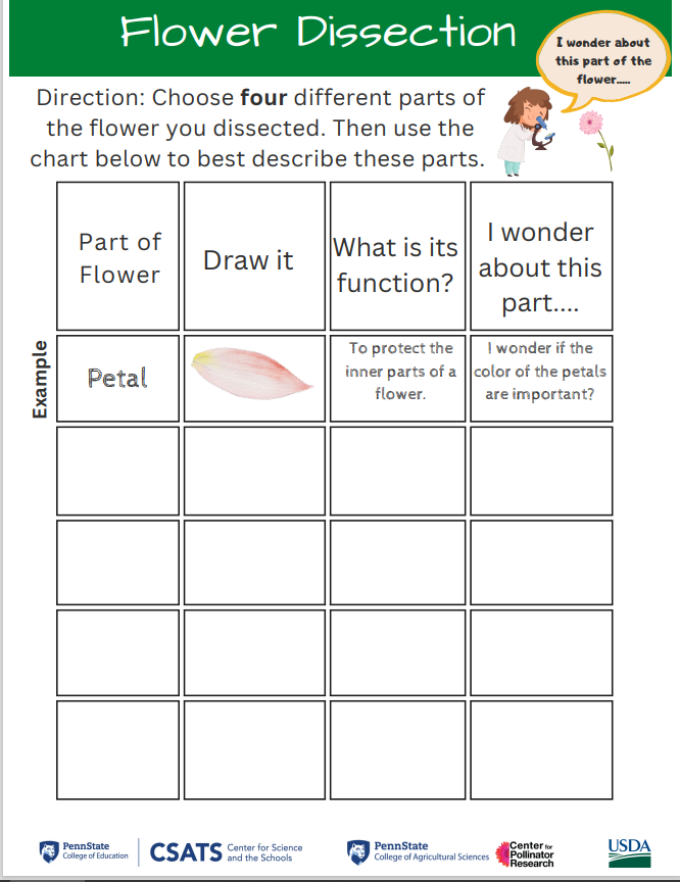
Darwin's Orchid
Grade Level: Fourth Grade, Life Sciences
Overview: Students will learn about the importance of studying plant structures to understand how it grows. Students will learn the study of plants, Botany. The class will learn about the naturalist, Charles Darwin and his study of the Star Orchid. They will learn that Darwin was able to determine that the only pollinator able to drink nectar from this plant was the Wallace’s Sphinx Moth, known for its extremely long tongue. Darwin was able to predict this pollinator by investigating in a flower dissection of the Star Orchid. Students will model similar duties of a botanist by investigating in their own flower dissection. In a science journal, students will illustrate, label, and describe their given flower. Students will also predict what possible pollinator(s) would visit their flower based on the plant’s internal and external structures.
Delay Garden Cleanup to Benefit Overwintering Insects
You can support butterflies, moths, bees and other desirable insects by delaying your garden cleanup until spring. Learn simple ways to encourage overwintering insects and how to time spring cleanup.
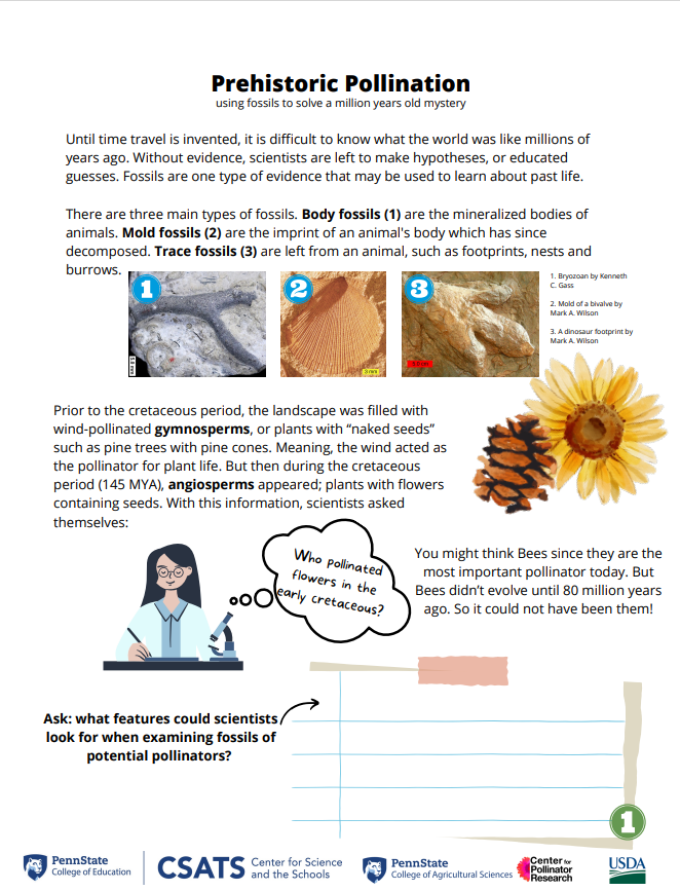
DIY Plant Fossils
Grade Level: Third Grade, Life Sciences
Overview: Students will learn about the study of fossils, Paleontology. Students will learn how analyzing fossils helps scientists understand what Earth was like thousands of years ago, including plant life. Students will then study about fossils using real plant trace fossils. The teacher will then guide students outside and they will have to choose a native plant and make a trace fossil using a guided recipe. Students will use a science journal to illustrate and write scientific descriptions of fossils based on the trace fossils created from their peers. The class will have to analyze the fossils to provide evidence of the local environment in which they live.
Eastern Redbuds Support Early Pollinators
Not only beautiful, Eastern redbuds' flowers provide some of the earliest spring nectar for native bees and honeybees.
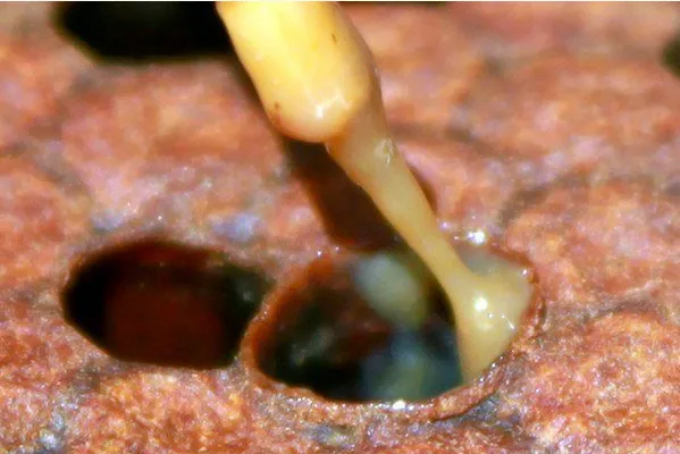
Enfermedades de la Abeja de Miel Loque Americana
La loque americana únicamente afecta a las larvas de la abeja de miel, debilita a la colonial y provocando rápidamente su muerte.

Enfermedades de la Abeja de Miel: Loque Americana
La loque americana únicamente afecta a las larvas de la abeja de miel, debilita a la colonial y provocando rápidamente su muerte.
Fall Garden Care for Pollinators
This article discusses the beneficial pollinators that overwinter in the garden and best practices for providing habitat for them.
Fall-Migrating Monarchs
The monarch butterfly is known for its long migration journey to Mexico. You can help support monarch populations by adding host plants and nectar sources to your garden.
Feeding the Flower Flies: How to Attract Flies to Your Garden
Though flies may have a bad reputation, many are actually beneficial pollinators. Find out more about flower flies and the plants and gardening practices that will nurture them.
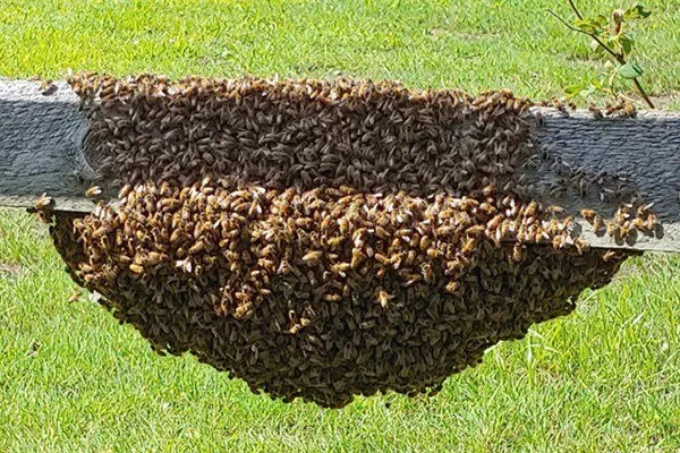
Five-Step Decision Support: Nesting Bees and Wasps Near Homes
There are a number of insects in Pennsylvania that can sting. When these insects take up residence near our homes, conflicts can arise. What to do when bees and wasps are nesting in or near the home?
Flowering Cover Crops for Native Pollinating Bee Conservation
Conservation strategies that can be employed across your farm or in your garden to help maintain healthy native bee populations.
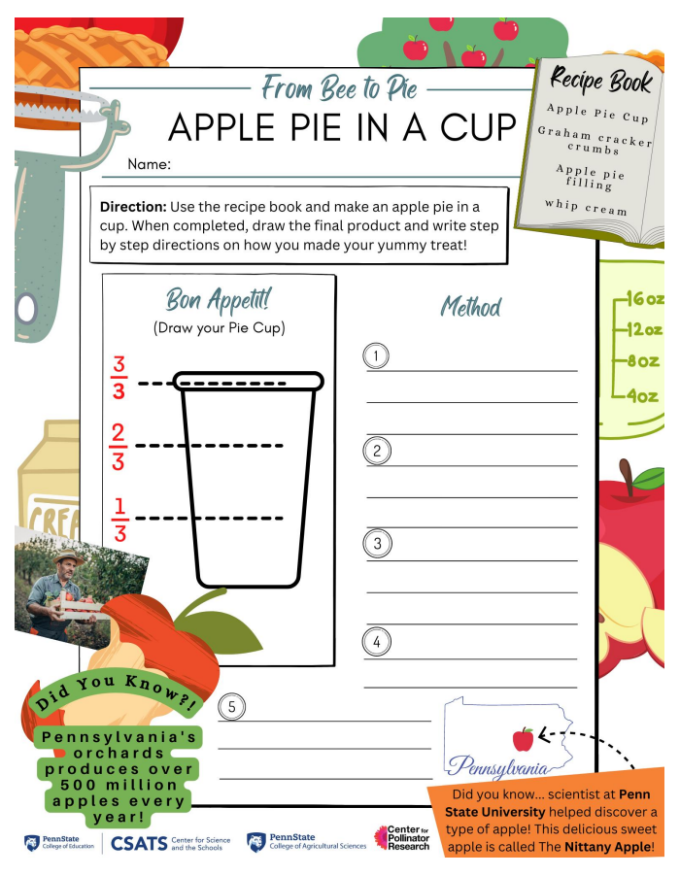
From Bee to Pie
Grade: First & Second Grade, Environmental Literacy
Overview: In this lesson, students will learn about the importance of agriculture in the state of Pennsylvania. In particular, they will learn about apple orchards and the key role pollinators play in the reproduction of apples. Students will learn the process from apple blossom to fruit to harvest to distribution to table. Students will then get to make their own apple pie cup using math fractions to demonstrate measurement skills. Finally, Students will get to enjoy their yummy treat while learning about the human impact in agriculture.
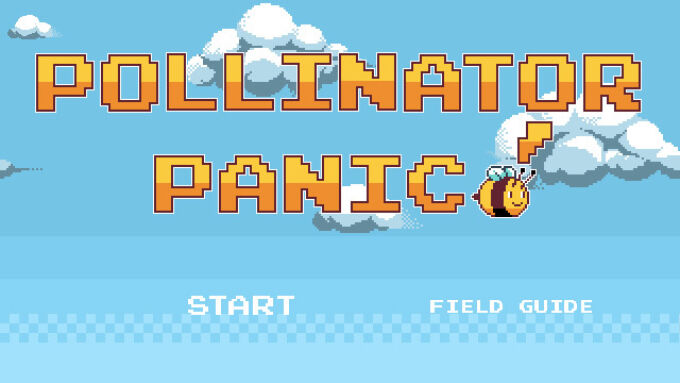
Game Instructions: Pollinator Panic!
Follow these instructions to play Pollinator Panic! An online strategy game that allows a player to assume the role of a field researcher who is working to restore a bee community.

Game: Pollinator Panic!
An online strategy game that allows a player to assume the role of a field researcher who is working to restore a bee community.
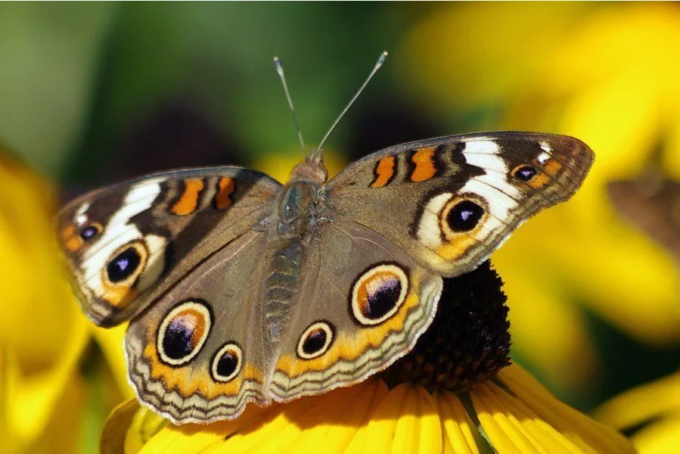
Gardening for Butterflies
Learn about the butterfly life cycle, and how to manage your garden to attract butterflies.
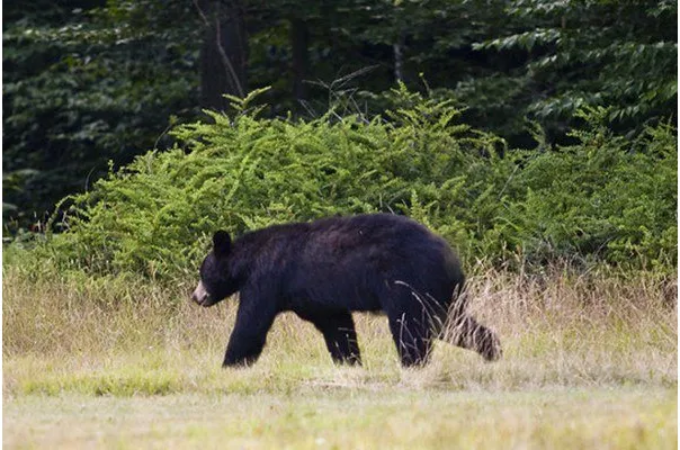
Hive Protection Bear Fence Design
Protecting honey bee hives from wildlife is sometimes necessary.
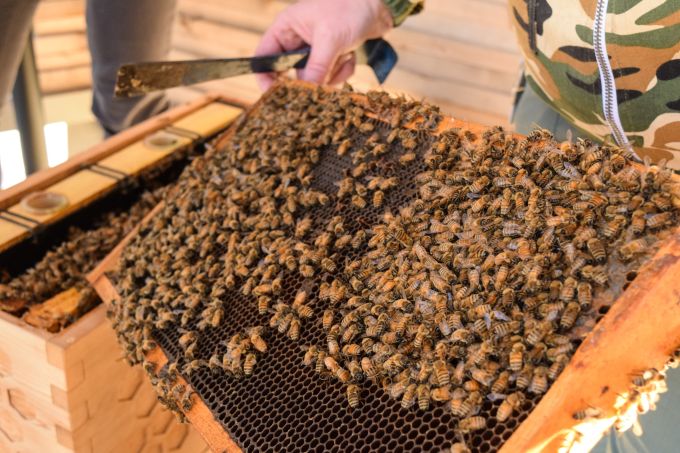
Honey Bee Breeding Program Design: Testing for Hygienic Behavior
Hygienic behavior testing helps beekeepers identify honey bee colonies that remove diseased or dead brood. The freeze-killed brood assay uses liquid nitrogen to test colonies for this important trait for use in making selections for breeding. Proper technique, safety precautions, and result evaluation are all covered to ensure accurate scoring. Colonies with strong hygienic responses are more resilient and can be targeted in breeding efforts.
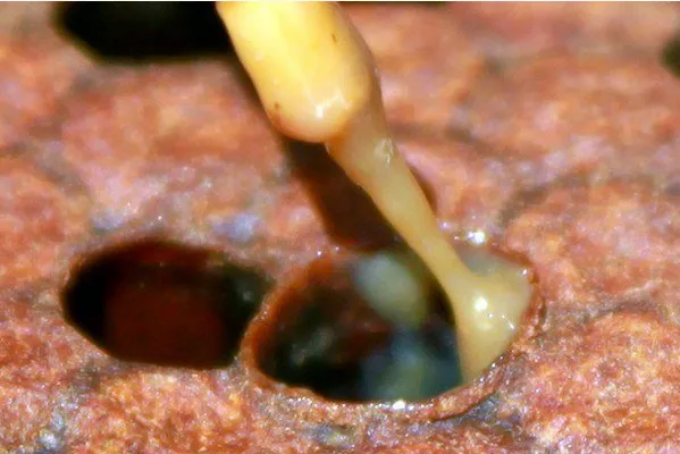
Honey Bee Diseases American Foulbrood
American foulbrood only attacks honey bee larvae, weakening the colony and quickly leading to its death.

Honey Bee Genetics Basics
This article describes the basics of genetics within a honey bee colony.

Honey Bee Management Throughout the Seasons
The honey bee colony lifestyle is closely linked to the seasons when the availability of flowering plants, temperature, and precipitation vary dramatically.
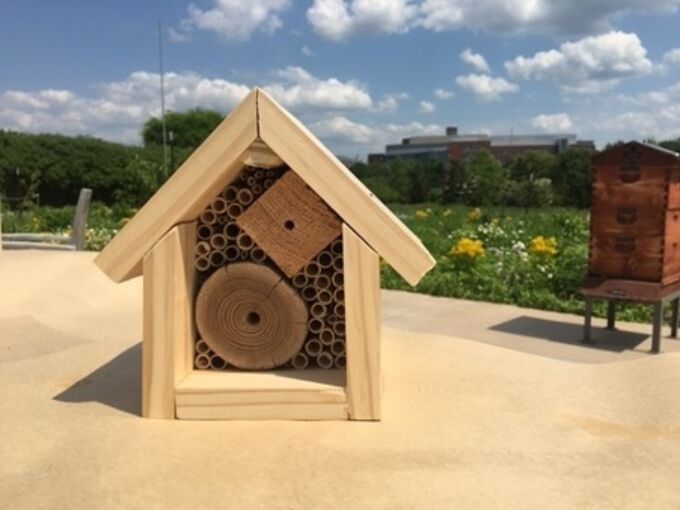
How to Construct a Bee Hotel
A step-by-step guide for how to build your own bee hotel, complete with templates!

I am a Citizen Scientist!
Grave Level: K-5th grade, Environmental Literacy & Technology
Overview: Students will learn what it means to be a citizen scientist. Students will learn about the process of making observations, collecting & recording data, and sharing data to the science community. The teacher will guide students to a designated area outside of the classroom. Students can work independently or in small groups to observe a pollinator or plant. Students will use the guided worksheet to complete the data collecting process. Students will then take their work and upload it to the kid-friendly open source data app, Seek by iNaturalist. Students will then work together to share their data with the class.
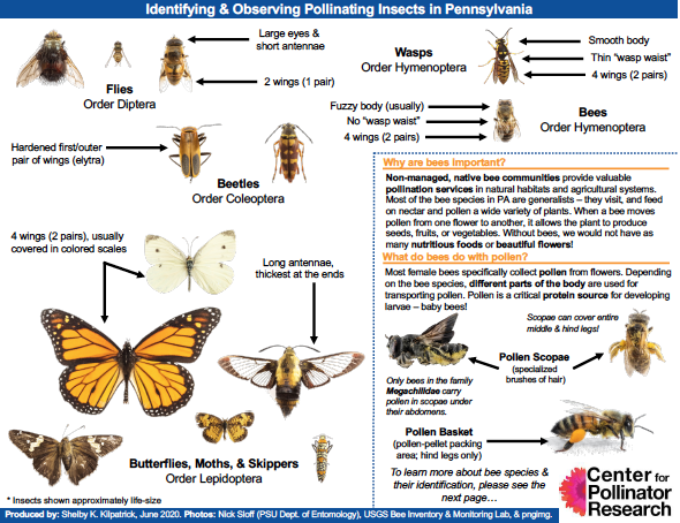
Identifying and Observing Pollinating Insects in PA
Use this two-page guide to identify common Pennsylvania pollinators, many of which look similar to each other. Page one provides key features to differentiate bees, flies, wasps, beetles, butterflies, moths, and skippers. Page two explains differences between different types of bees.
Immersive Audio: Sounds of Pollination
A collaboration between the Penn State School of Music, Penn State School of Theatre, and The Center for Pollinator Research.
This is a preview of an immersive audio concert presented on April 24, 2024 on Penn State's University Park campus. Although this preview video is in stereo, this concert features 7.1.4 immersive audio works created in MUSIC 458 Electronic Music Composition. These works are based on concepts inspired by pollinator research, in collaboration with The Center for Pollinator Research at Penn State.
Jacob’s Ladder (Polemonium reptans)
Jacob’s ladder supports pollinators with late spring blooms and makes an attractive groundcover after flowers fade. A native pollinator plants, it thrives in partial shade.
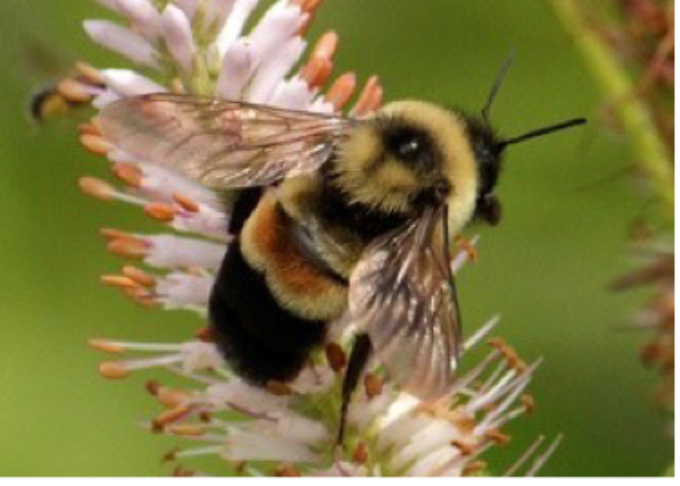
Landscape solutions for managing disease in bumble bees
Bumble bees are dominant native pollinators of temperate regions and thus many flowering plants native to these regions rely heavily on pollination by these bees. Unfortunately, in the last three decades these important bee pollinators have been in decline. Data supports climate being a problem for these bees, but for species declining most precipitously, pathogens are most likely involved.
To find solutions to reduce bee disease, our research team investigated how landscape management impacts disease loads in bumble bees.
Landscaping for Wildlife: Trees, Shrubs, and Vines
Guidelines for selecting woody plants such as trees, shrubs, and vines and designing your landscape with the goal of providing wildlife habitat.
Lesser Calamint, the Beautiful Mint
Lesser calamint is a laid back, dependable performer in the perennial garden. Its profuse, long-lasting flowers are magnets for pollinators.
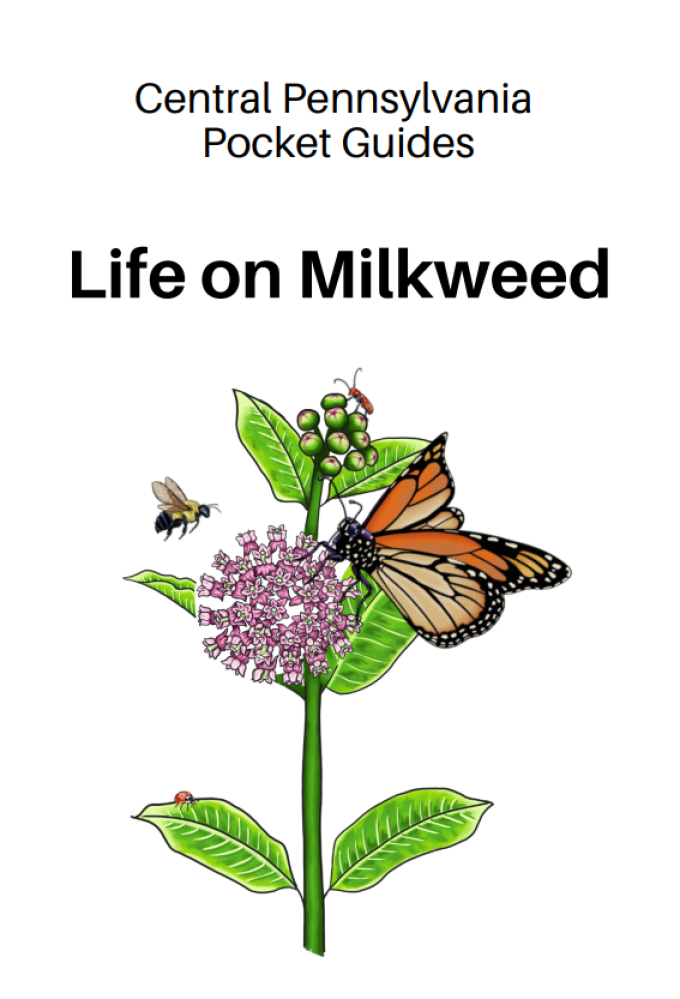
Life on Milkweed
Who lives on milkweed? There is a bustling community of insects waiting to be discovered, each with their own survival superpowers!
Life on Milkweed was created by Heather Frantz and Lilly Germeroth. Illustrations produced by Michael Hill.

Managing Your Bee Hotel
Maintaining a standard of cleanliness in your bee hotels is essential for the health and longevity of your nesting bees. This trifold introduces the best practices for owning a bee hotel.
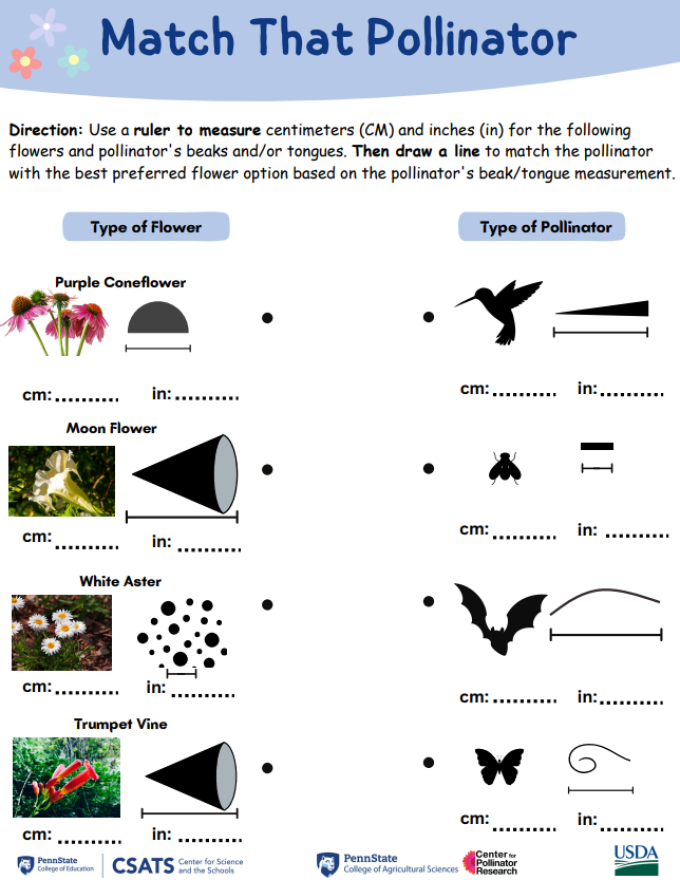
Match That Pollinator
Grade Level: Third Grade, Life Sciences
Fifth Grade, Math- Measurements
Overview: Students will learn about the correlation between plants and pollinators. Students will review how plant growth is dependent on visiting animals and insects such as bees, beetles, hummingbirds, butterflies, and etc to pollinate. But just like humans, pollinators do enjoy the nectar from certain types of plants. Students will investigate and measure different pollinator’s structures to predict what types of plants these pollinators collect nectar and/or pollen from. During the activity, students will model similar roles of an Entomologist. Scientists who study insects and the importance of pollination for species to thrive. Overall, students will gain knowledge of how both plants and animals need each other to survive in regards to food and reproduction.
Methods to Control Varroa Mites: An Integrated Pest Management Approach
Varroa mites (Varroa destructor), are the most influential of all of the pests and diseases of the European honey bee (Apis mellifera) today.

Métodos para el control de Varroa destructor un enfoque de manejo integrado de plagas
El parásito Varroa destructor es actualmente la plaga más importante de la abeja de miel occidental (Apis mellifera).
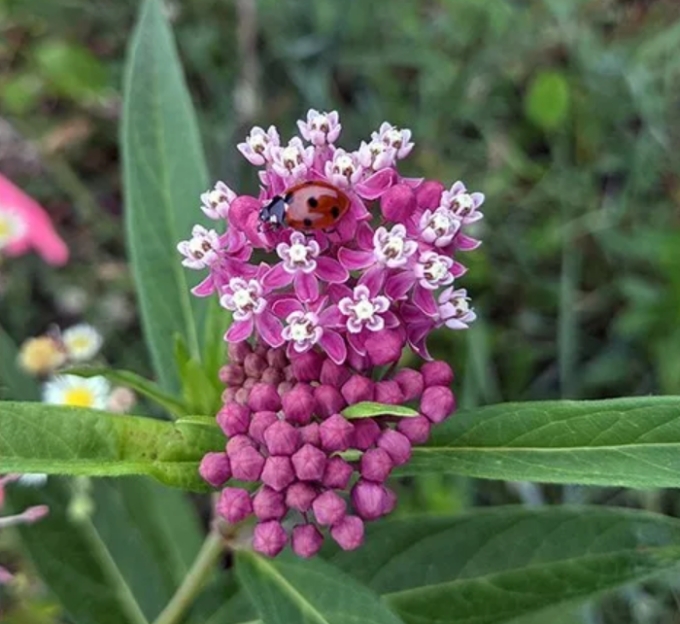
Milkweed Isn't Only for Monarchs
A glimpse into the bustling milkweed insect community.
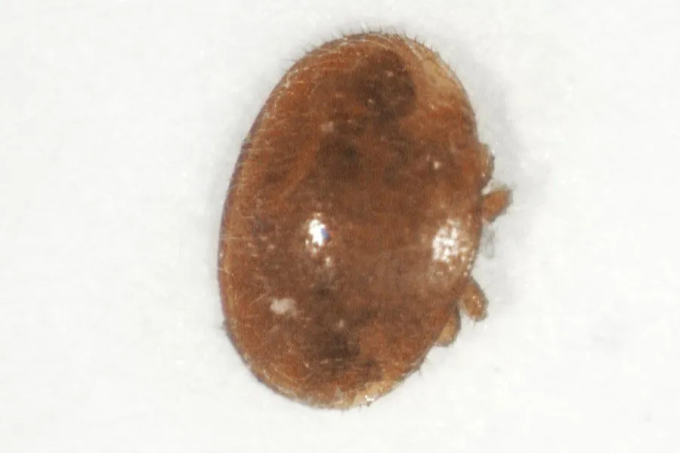
Mite Biting Trait Testing
The mite biting trait is a natural defense behavior in honey bees, where workers identify and damage Varroa mites by biting them. In this video, you'll learn how to conduct a mite biting test using a screened bottom board and an oiled insert to collect fallen mites for inspection. We guide you through collecting and identifying damaged mites, recording data, and determining whether a colony qualifies as mite-biting. This method helps beekeepers and breeders identify colonies with strong Varroa resistance and select for this valuable trait in breeding programs.
Monarchs and Milkweed
Milkweed and monarch butterflies have an intrinsic connection. Learn the benefits of growing milkweed and about several varieties that you might grow in your garden.
Orchard IPM - Integrating Neonicotinoid Insecticides
Our job in integrated pest management (IPM) is to make sure that if a pesticide is to be used, its benefits outweigh the undesirable side effects.
Orchard IPM - Protecting Honey Bees
European honey bees are the primary managed pollinators in orchards because their abundance can be managed from year to year.
Orchard Pollination: Honey Bees
European honey bees are the primary managed pollinators in orchards because their abundance can be managed from year to year.
Orchard Pollination: Pollinizers, Pollinators and Weather
Pollination involves the integration of several biological and physical factors, including cultivar compatibility, synchronous blooming, insects, and proper weather conditions.
Orchard Pollination: Solitary (Mason) Bees
Growers of bee-pollinated crops, particularly apples, may be interested in the possible use of solitary bees as pollinators.
Orchard Pollination: Strategies for Maintaining Pollination Services in Tree Fruit
Apple, pear, and sweet cherry trees, unlike peaches, apricots and tart cherries, need cross pollination.
Orchard Pollination: Wild Bees
Managed pollinators like honey bees and mason bees are important pollinators for orchards, but research suggests that wild bees also contribute significantly to fruit tree pollination.
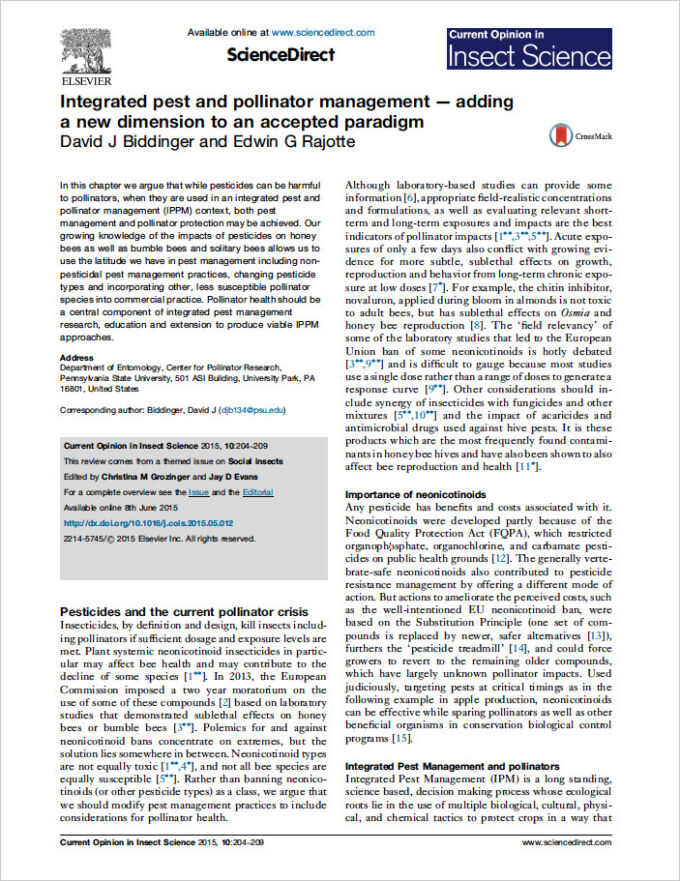
Overview of IPPM Approach
Overview of utilizing integrated pest and pollinator management (IPPM) to achieve both pest management and pollinator protection.
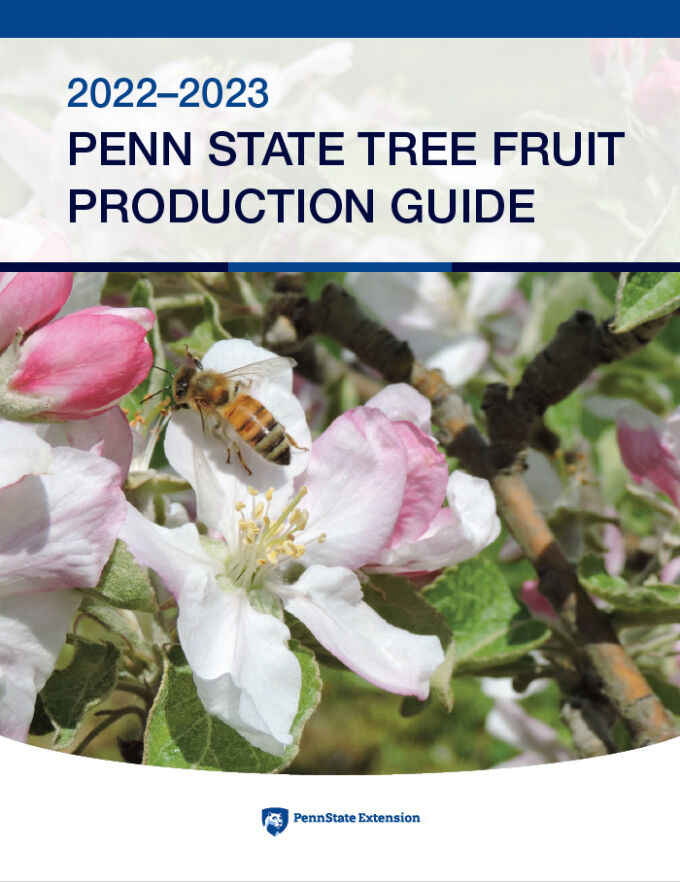
Penn State Tree Fruit Production Guide
The most up-to-date information on growing tree fruit on a commercial scale. Revised information and a refreshed look for 2022.
Pesticidas y la Salud de los Polinizadores
Penn State está a la vanguardia en asuntos relacionados con la salud de los polinizadores.
Pesticides and Pollinators
Researchers believe that long-term honey bee declines are a result of a complex set of factors.
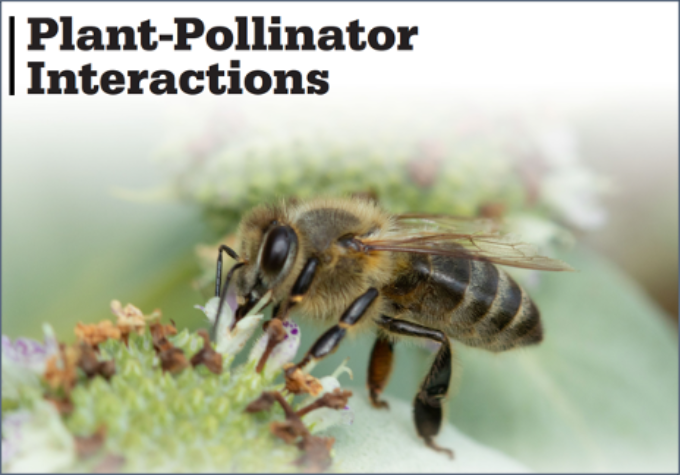
Plant Pollinator Interactions Lesson Plan
This lesson plan guides students to understand plant-pollinator interactions. Students will be able to recognize the mechanisms governing pollinator attraction to floral types and understand how plant-pollinator mutualisms may have contributed to species diversification through co-evolution.
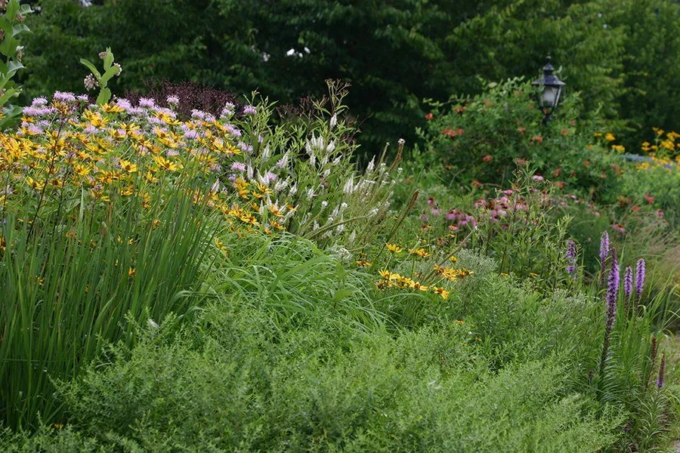
Planting Pollinator-Friendly Gardens
One of the most important ways you can help pollinators is by provisioning your yard with plants that provide pollen and nectar. To attract butterflies, you will also need to include a variety of larval host plants for caterpillars to eat.
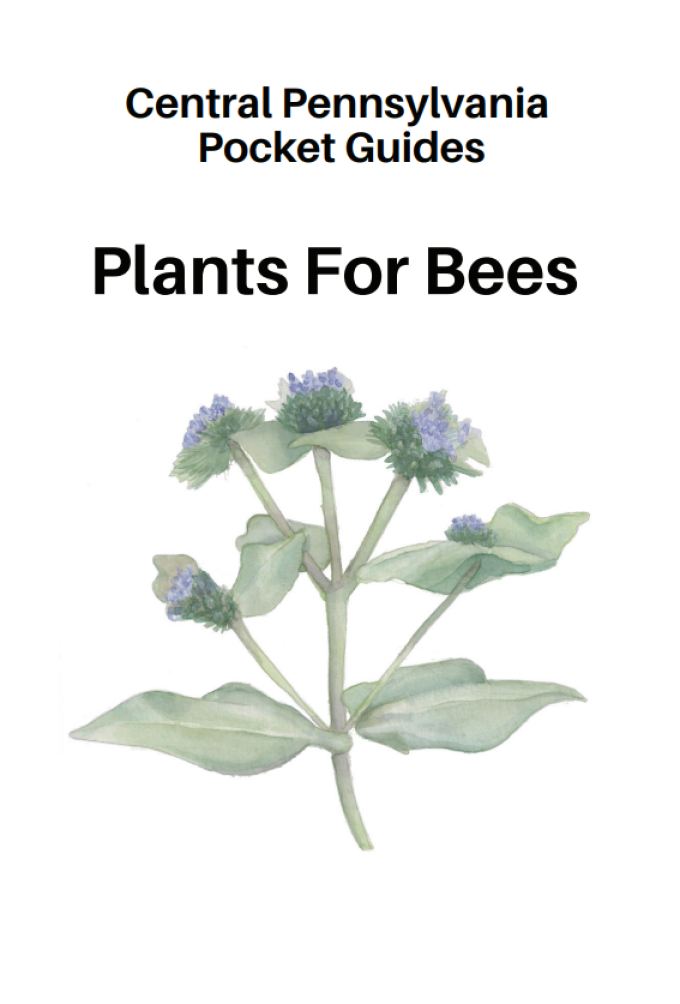
Plants for Bees
Beloved residents in our gardens, bees are the most effective pollinators. Pennsylvania is home to 437 species and there are at least 4,000 species of bees in the United States representing six of the seven families.
This pocket guide has a list of garden plants beneficial for bees.
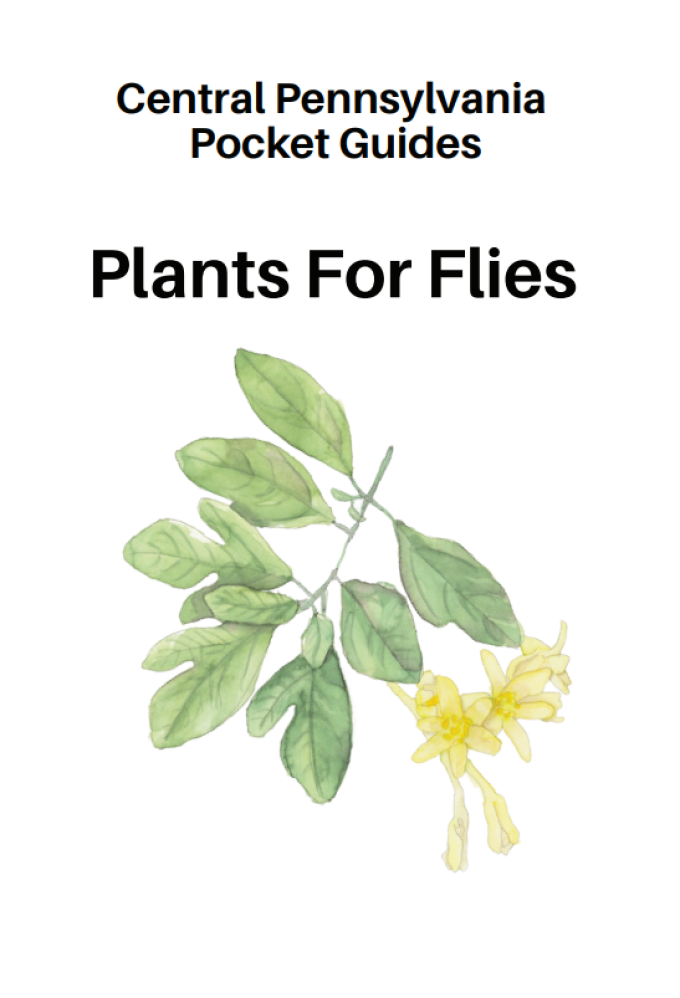
Plants for Flies
The importance of flies as pollinators should not be underestimated. In fact, flies are the second most important pollinators after bees. They have been reported to visit flowers of 172 plant families and this is likely to be a conservative figure.
This pocket guide has a list of garden plants beneficial for pollinating flies.

Plants for Hummingbirds
Hummingbirds do not feed on pollen like bees. However, hummingbirds inadvertently collect pollen on their head feathers as they drink nectar from tubular flowers. In this way they are the best bird pollinators of the New World.
This pocket guide has a list of garden plants beneficial for hummingbirds.

Pocket Field Guide to Night Singing Insects of Pennsylvania
The sounds of insects during summer nights in Pennsylvania are abundant. The chirping of crickets, singing of katydids, and buzzing of coneheads fill the outdoors- from forests to neighborhoods.
Explore the night singing insects of Pennsylvania with this pocket field guide.

Polinización de Pepino
Los pepinos son nativos de Asia, pero actualmente se cultivan en todo el mundo.

Polinización Integrada de Cultivos de Calabazas
El género Cucurbita contiene distintas especies de calabaza (también conocidas como: calabaceras, calabacines o zapallos). En los Estados Unidos, las plantas de calabaza son comunes en granjas y jardines en todo el país.
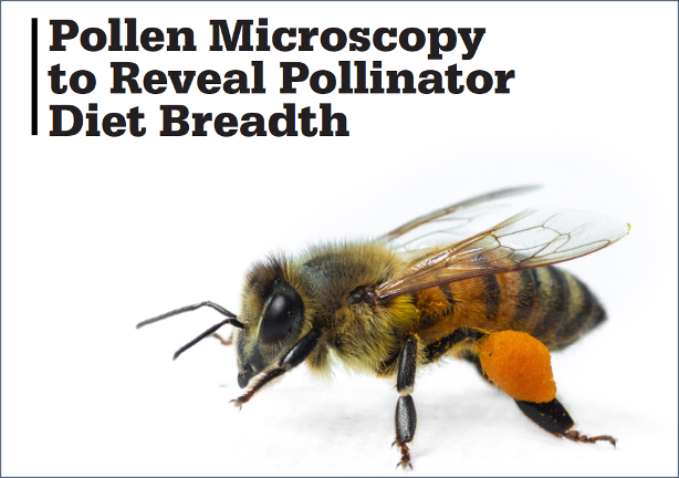
Pollen Microscopy Lesson Plan
In this lesson, students will discover the intricacies of pollen morphology through field observation and sampling skills.
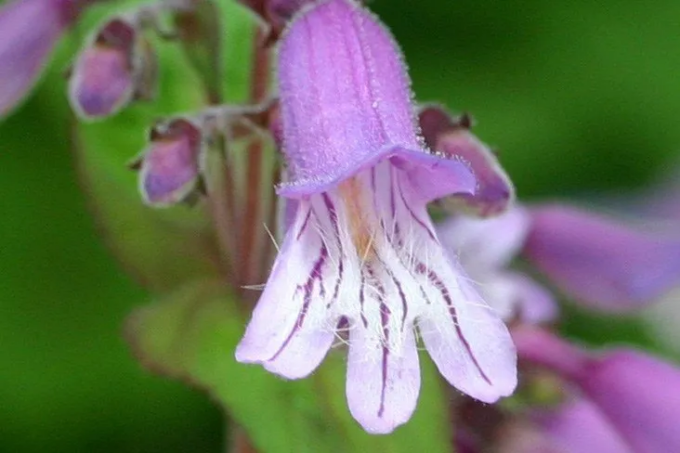
Pollination and Pollinators
Pollination is the transfer of pollen from the anthers of a flower to the stigma of the same flower or another flower. The result is the production of fertile seeds.

Pollination of Blueberry Crops in Pennsylvania
Blueberry (Vaccinium spp.) is a high-value and economically important fruit crop native to Pennsylvania and Eastern North America. Nationally, the total value of the blueberry crop was $797 million in 2018 (USDA NASS).
Pollinator Declines
Domestic honey bees hives are down by 59% compared to 60 years ago with rapid declines over the last forty years. The populations of some native bee species may also be declining.
Pollinator Health and Pesticides
As a general rule, insecticides are more toxic to pollinators than fungicides and herbicides, but not all insecticides are toxic to pollinators.
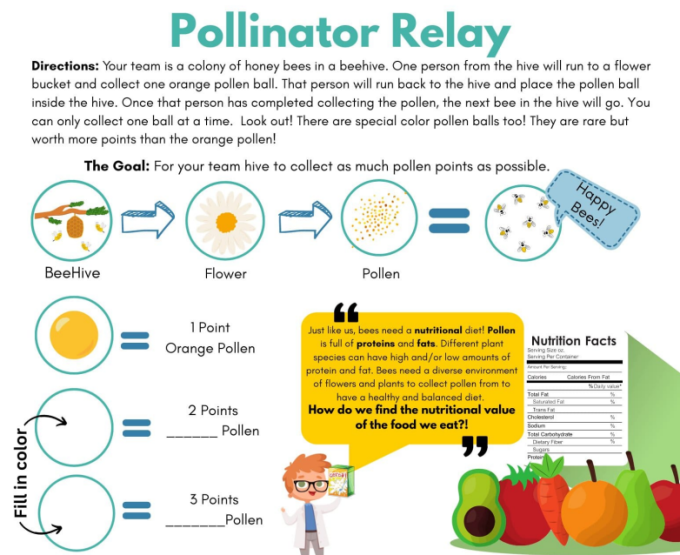
Pollinator Relay
Grade Level: Second Grade, Life Sciences
Overview: In this lesson, students will learn how honey bees pollinate flowers. Students will also learn how different types of flowers have unique blends of pollen nutrition. Pollen provides bees with a blend of protein and lipids. Just like humans, our food sources are full of nutrients and give us energy throughout the day. Students will demonstrate understanding of bee pollination by embodying honeybees. The teacher will guide students outside to model bee pollination by playing the game, Pollinator Relay. Students will act as a colony of bees in beehives. There will be flower buckets acting as a cluster of different types of flowers. Each bucket will be full of pollen balls, (ping pong balls). The flower buckets will be located around the beehive. One bee at a time will leave the hive to collect pollen. The goal is for students to work together and to collect as much pollen as possible. Students will also receive “extra pollen points” when collecting different types of pollen that are enriched with high protein.
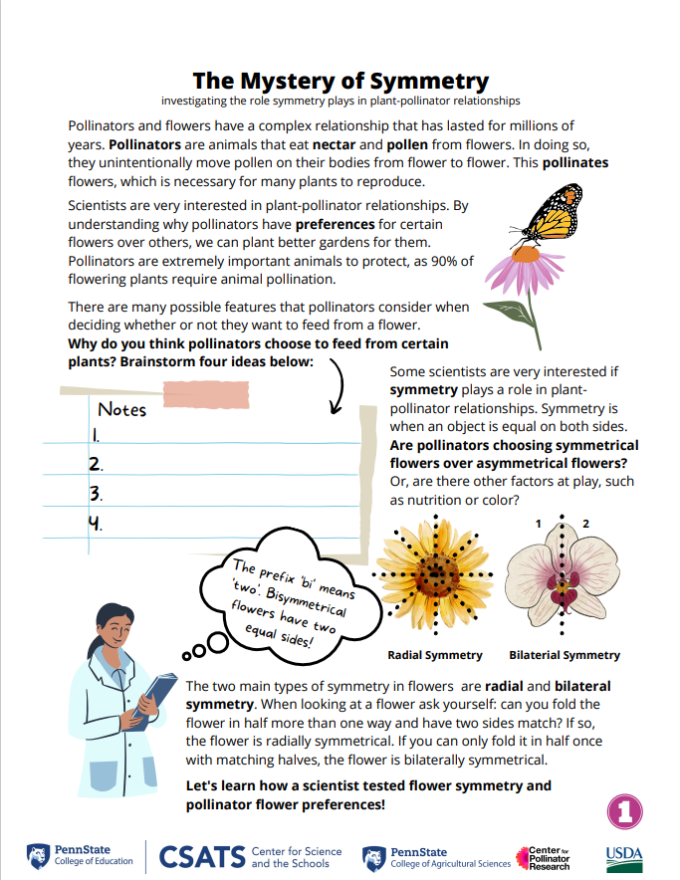
Pollinator Symmetry
Grade Level: Fourth Grade, Life Sciences
Overview: In this lesson, students will learn about the key role of bilateral symmetry in pollinators and flowers. Research scientists have observed the phenomenon of pollinator attraction to the color and to symmetrical appearance of plants. In fact, many animals and insects are symmetrical. This symmetry is important to the reproduction and survival of plants. Students will take this given knowledge and create bilateral symmetrical pollinators. Students will have to draw the mirror image by using mathematical shapes and lines. Students will then use a method of painting and folding to create a symmetrical insect and/or flower.
Pollinators and Pesticide Sprays during Bloom in Fruit Plantings
Use of pesticides during bloom is a complicated problem with the solutions relying on understanding the detailed relationships among chemicals, pollinators and pest management needs.
Pumpkins and Squash: What Are Their Pollination Needs?
Pumpkin and squash (genus Cucurbita) are crops grown on 7,300 acres in Pennsylvania with an estimated value of over $22M annually (USDA NASS 2021).
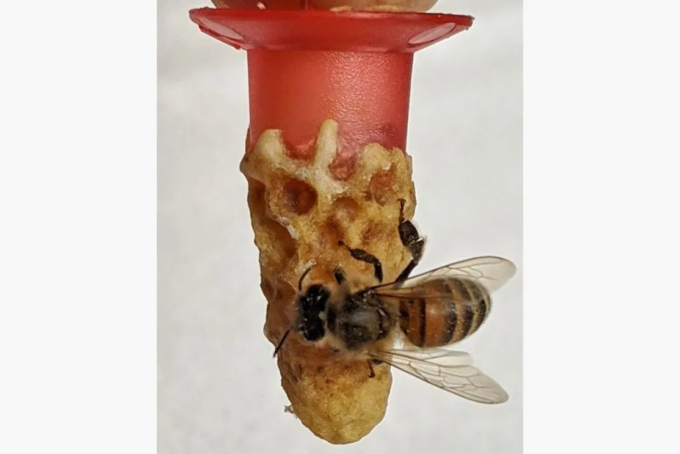
Queen Cell Production Grafting and Graft-Free Methods
Queen production allows beekeepers greater autonomy and independence, enabling individuals to better meet the goals of honey production, pollination, colony production, and genetic selection.
Rattlesnake Master is a Great Pollinator Plant
Though its name and appearance are a bit unusual, rattlesnake master (Eryngium yuccifolium) is an attractive and pollinator-friendly choice for the home garden.
Spice Up Your Garden with Spicebush
Searching for a shrub that can perform one or a multitude of functions in your yard? Spicebush (Lindera benzoin) might be the shrub you have been looking for.
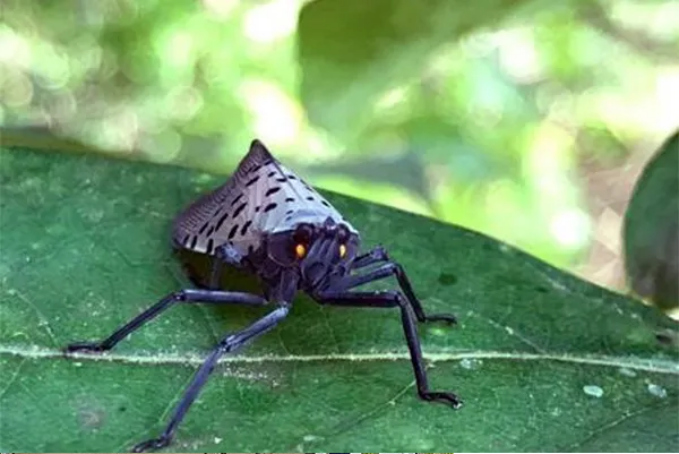
Spotted Lanternflies and Beekeeping
The spotted lanternfly, Lycorma delicatula, is an introduced plant hopper from China that is rapidly expanding its range in the United States.
Spring Bees: Who Are They and Where Do They Live?
While spring is the beginning of the beekeeping season, early blooming plants not only feed honey bees but also hundreds of native solitary bee species that emerge at around the same time.
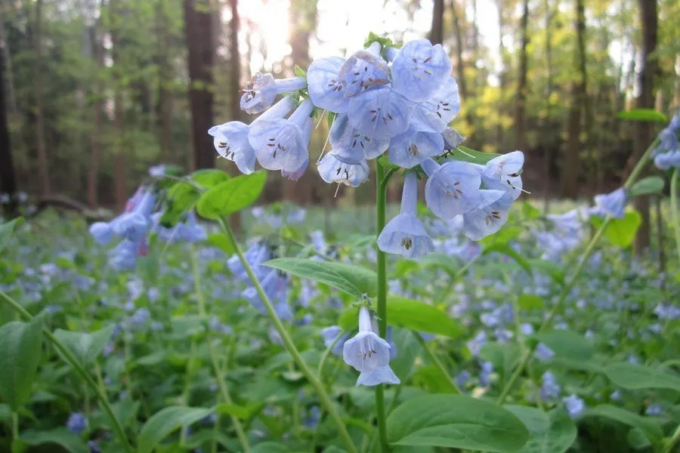
Spring Ephemerals for Residential Gardens
In this article learn about the benefits of spring ephemerals and ways to incorporate them into your garden.
Strawberry Pollination: a Complex and Tricky Business
Next time you purchase strawberries from a grocery store or local grower/roadside stand, closely inspect one before you chomp down on it. What makes that berry so attractive to eat?
Syrphid Flies: Interesting Allies in Floriculture
Syrphid flies are one of the more interesting groups of Diptera that inhabit Pennsylvania.

The Bug of the Month: Melanoplus differentialis
The January 2022 Bug of the Month is Melanoplus differentialis, the differential grasshopper.
By Francesca Ferguson

The Bug of the Month: Tipula species
The October 2021 Bug of the Month is Tipula species, common craneflies.
By Francesca Ferguson
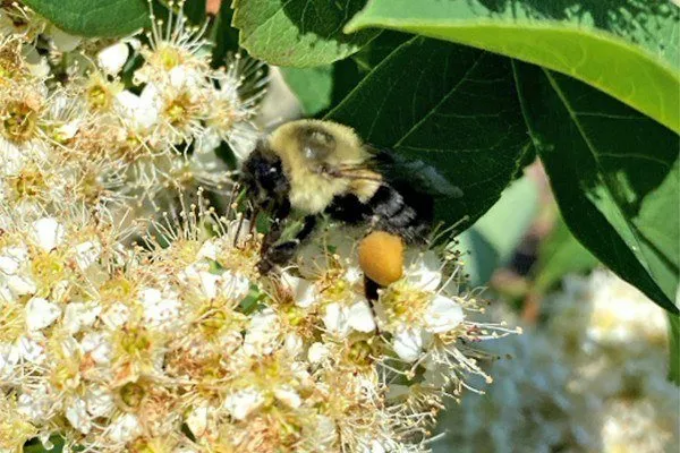
The Bumble Bee Lifestyle
Bumble bees are essential insects that pollinate many of the of the fruits, nuts and seeds we eat every day.
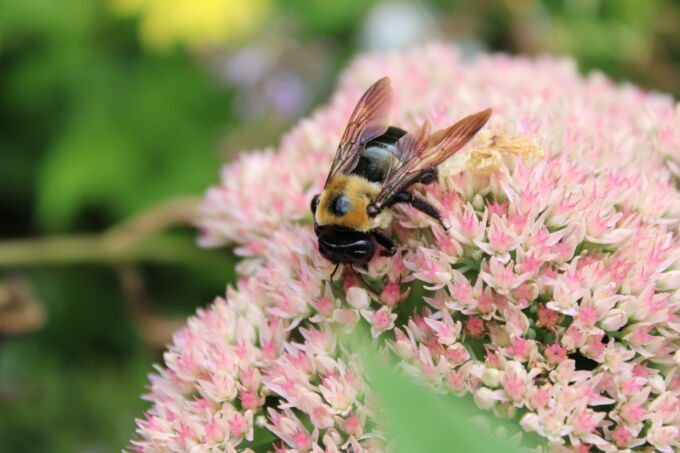
The Eastern Carpenter Bee: Beneficial Pollinator or Unwelcome Houseguest
The eastern carpenter bee, Xylocopa virginica, is a native pollinator found throughout eastern North America, as far south as Florida and Texas and north into Maine and southern Canada.
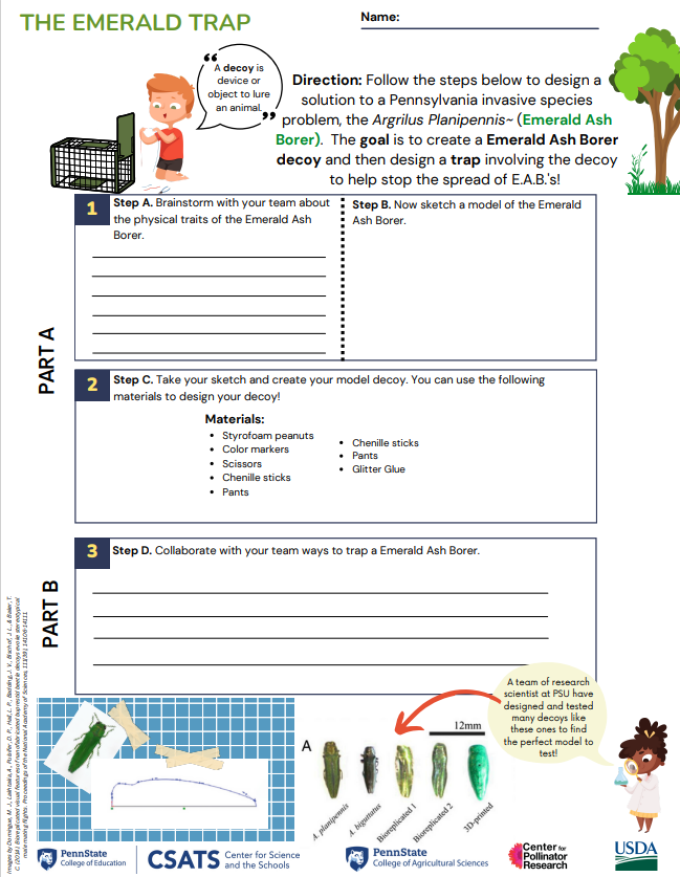
The Emerald Trap
Grade Level: K-2nd Grade, (Environmental Literacy)
Overview: Students will learn about the invasive species, the Emerald Ash Borer, E.A.B.. Students will learn how this invasive species is responsible for the deconstruction of millions of ash trees, a key plant in Pennsylvania’s ecosystem. Students will learn of different ways to protect our ecosystem from this invasive species. Students will then make a Emerald Ash Borer decoy and design a trap to collect this specimen. Students will observe and collect data on their traps. Finally the class will have a discussion on possible variables and solutions to control this science experiment for future testing. For best trap results, a prism trap up in the tree is best. (Information on “best” traps is located in teacher resource videos.) The goal of this activity is not to collect the most E.A.B. but rather having students critically think and practice by making their own designs and finding solutions. Students should be given the opportunity to discuss and make their “ideal” trap.
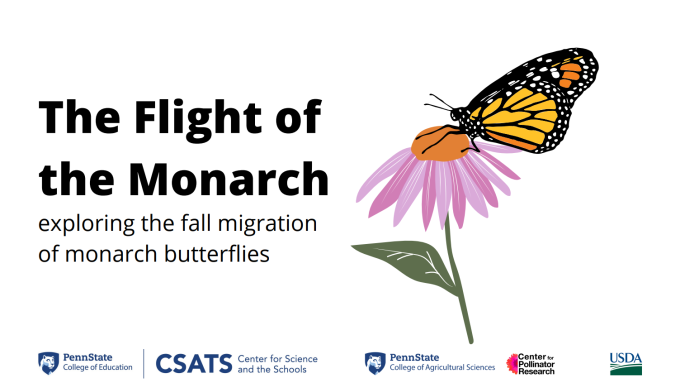
The Flight of the Monarch
Grave Level: K-2nd, (Environmental Literacy) & Focus on 1st grade.
Overview: Students will learn about the Monarch butterfly's great winter migration to central Mexico. Scientists have studied over the years the phenomenon of these amazing pollinators migrating to the same location every year. It takes two to three generations of monarch butterflies to migrate north from Mexico through the U.S. up to Canada. When returning later in the year, the monarchs develop a 'Super Generation' to make the longest leg of the journey southward, for the winter migration. Students will learn how Monarch Butterflies are able to migrate south not due to parent trait but rather a natural compass internal within their body. Students will design a monarch butterfly and insert a compass. The class will learn what a compass is and how to use one to help navigate. The teacher will then guide students outside to model as the butterfly, navigating south and then north. Students will use the compass to direct its Monarch butterfly to migrate. Overall, the class as a whole will move in the same direction similar to Monarch butterflies moving to the same direction to migrate.
To access a Spanish version of this lesson plan please visit this link
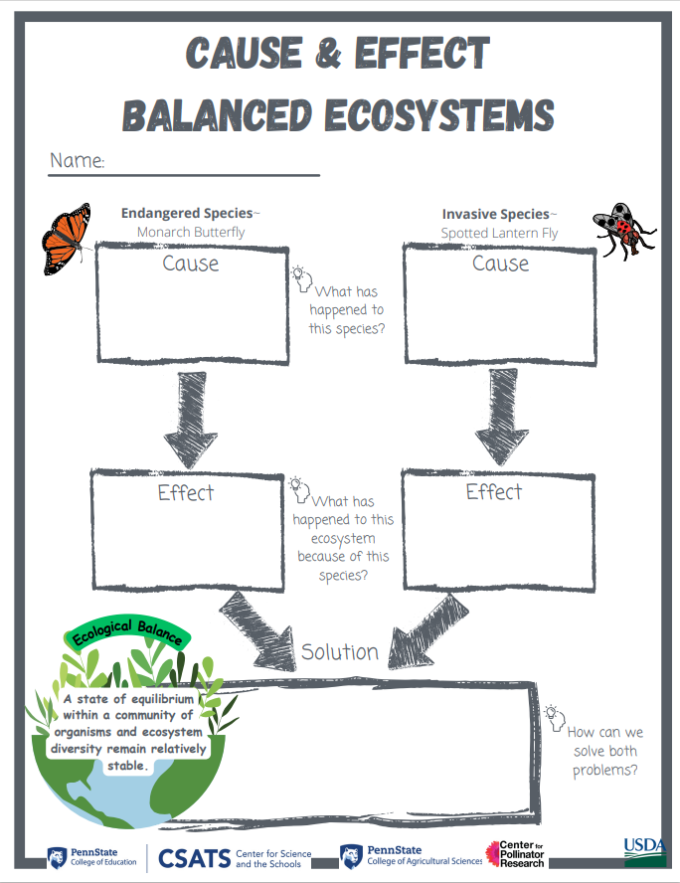
The Million Dollar Fly
Grade Level: 3rd-5th grade, (Environmental Literacy) focus on 5th grade
Overview: Students will learn about the term invasive and endangered species. Students will learn about The Spotted Lanternfly, an invasive species that is destroying Pennsylvania’s agriculture and ecosystem. The class will gain knowledge on the negative impacts this species has caused to Pennsylvania agriculture in grapes, apples, and the hardwood industries. Students will also learn why it is crucial for STEM-related careers in agriculture to create solutions to control this state environmental issue. Students will study and design “Wanted Bug” flyers to promote awareness to the community. Students will also plant milkweed within their community as a natural way to control the spread of the Spotted Lanternfly and promote growth with the endangered species, the Monarch Butterfly. Students will see the importance of having a balanced ecosystem.
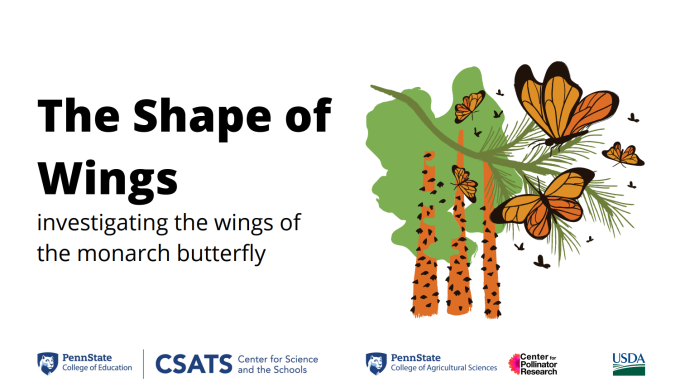
The Shape of Wings
Grade Level: First Grade, Life Sciences
Overview: Students will learn about the Monarch Butterfly and their amazing wings. This species uses its wings to not only travel but as well as protect itself from predators. The bright orange and district black shapes on the wings are to warn predators not to “eat me”. These wings are actually poisonous to digest and even though they have a beautiful appearance, is a physical attribute to warn others. The most important key role of these wings are the natural engineering design for the ability to travel far. Given the ability to fly thousands of miles to migrate, the Monarch’s large and flexible wings give them a burst of propulsion. Students will learn how research scientists have discovered that these wings "clap" together, squeezing out the air between with such force that it thrusts them forward. Students will gain knowledge of these wings and create their own Monarch butterfly model. Students will design wings using shapes and color. Then students will take their designed wings and taped them onto a balloon. Students will model the “clapping” motion by pushing down on the top center of the balloon, between the wings. Students will observe their designed wings “clapping” back and forth, similar to the Monarch when flying. Finally, students will learn that humans have studied structures of animals to mimic similar movement in many man-made inventions such as cars, airplanes, and boats.
To access this lesson plan in Spanish and accompanying audio files, please visit this link

The Waggle Dance
Grade Level: Third Grade & Fourth Grade, Life Science
Overview: Students will learn about the importance of communication among species, focusing on the dwarf honey bee, Apis florea. Students will learn about the Waggle Dance, a way for bees to inform and receive information about new food sources. Students will also learn about the importance of collecting pollen and nectar as a food source for the whole hive. Students will participate in modeling this process through embodiment. As teams, students will act as worker bees in a hive. Students will have to work together and dance as a form of communication to explain where the local food sources are. Students will model similar movements bees use when demonstrating the Waggle Dance. Students will also receive time to discuss and reflect on ways to improve communication within their own hive.
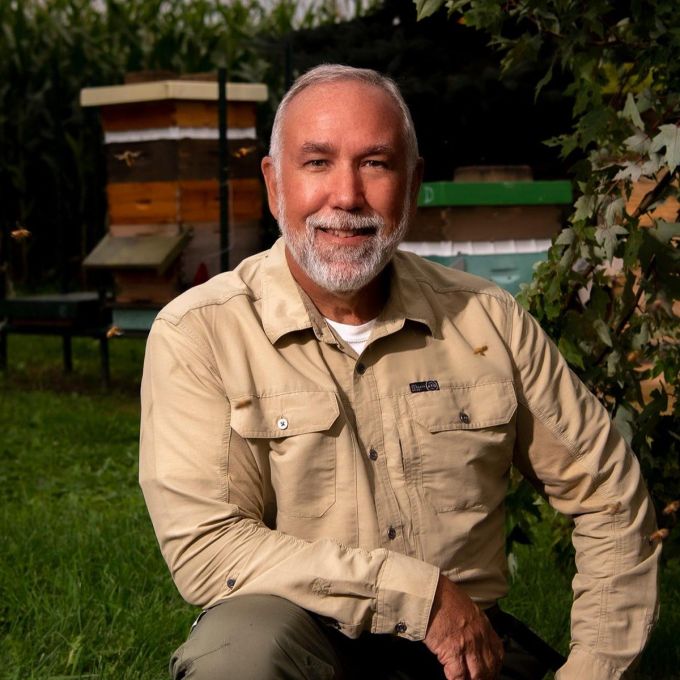
The Way To Bee Podcast featuring Kate Anton and Dr. Michael Skvarla
Let's talk yellow jackets, are they really "that bad"? How about Deer Keds, what are they?
Kate and Michael share their appreciation for social insects, and some unusual tiny animals that I had never heard of.
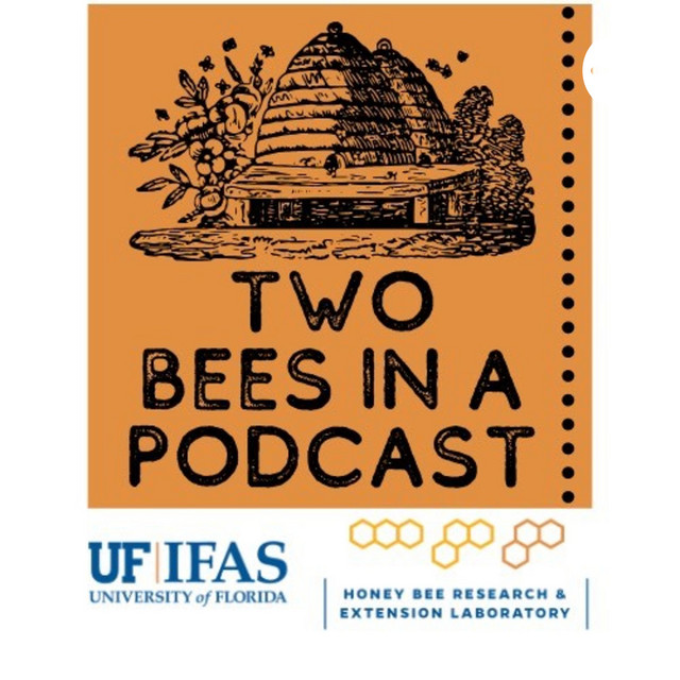
Two Bees in a Podcast featuring Dr. Christina Grozinger
In this episode of Two Bees in a Podcast, released on September 24, 2024, Dr. Jamie Ellis and Amy Vu welcome Dr. Christina Grozinger—a Professor at Pennsylvania State University as well as the Director at the Center for Pollinator Research and the Technologies for Living Systems Center—to talk Beescape. This episode concludes with a Q&A segment.

Varroa Sensitive Hygiene
Varroa Sensitive Hygiene (VSH) is a key trait in honey bee colonies that helps control Varroa mite infestations. In this video, you’ll learn how to perform a VSH test—a valuable method used by beekeepers and breeders to identify colonies with strong mite-resistant genetics. We’ll walk you through the step-by-step process, from preparing your materials and selecting the right brood frame to identifying reproductive and non-reproductive mites as well as calculating the queen’s VSH score.

Video: Beekeeping in Autumn
As flowers fade and temperatures fall, we inspect our honey bee hives and prepare them for winter. Proper management greatly increases a colony’s chance of survival. At The Arboretum of Penn State, we manage three honey bee colonies.
What is it like to inspect a honey bee hive? Undergraduate student Kaleena Czajkowski shares her experience beekeeping for the Penn State Center for Pollinator Research.
Video: How to Capture Bees with Nets for Bee Monitoring Programs
In this video, Nash Turley shows techniques for catching bees using handheld insect net and getting bees into collection jars. This video is intended for participants in official bee monitoring programs where all bees will be properly pinned, labeled, identified, and stored in insect collections. Bees should NOT be collected and killed for fun or as a hobby, only for scientific purposes.
Video: How to Use a Stereo Microscope to Observe Insects
In this video, Michael Skvarla from Penn State University answers questions about using stereo microscopes (also called dissecting microscopes) for observing insects
Video: How to Use Blue Vane Traps to Monitor Bees
Blue vane traps are used to passive collect bees and other flower-visiting insects. In this video, Nash Turley leads a quick tutorial on deploying blue vane traps in the field including putting them together, hanging them up, and adding soapy water. Then after they've been left in the field for a day it is time to filter out the bees with a brine shrimp net and put the specimens in a jar with alcohol, don't forget a proper label!
Video: How to Use Bowl Traps to Monitor Bees
Bee bowls, or colored pan traps, are a passive trap method for collecting flower visiting insects. In this video, Nash Turley gives a tutorial on how to deploy blue, white, and yellow traps, including where to place them and how far apart. Then on to picking them up, it's pretty straightforward, strain out the bugs, and don't forget a label!
Video: How to Wash and Dry Bees with the Bee Drying Vortex!
Bee specimens are often covered in pollen and have matted hairs. Both of these can make them difficult to identify. To get the most beautiful specimens that are easy to identify it is necessary to wash and dry them so they are clean with fluffy hairs. In this video, Nash Turley leads a tutorial for a cheap DIY methods for drying bees with minimal equipment, primarily a jar with a screen top and a hair dryer.
Video: Pinning Bees Tutorial
This is an informal video introduction to pinning bees, and insects in general. Nash Turley explains what supplies are needed, the basics of pinning, setting the proper heights using a pinning block, and a little bit about manipulating specimens so they look nice. There's also a quick overview of pointing insects at the end.
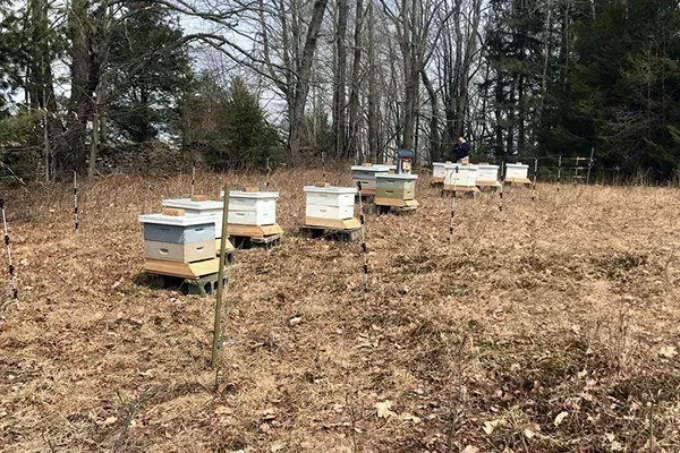
Viruses in Honey Bees
Honey bees are infected with many different kinds of viruses. However, most virus infections are not problematic, if the honey bee colony is healthy and does not experience chronic stress.
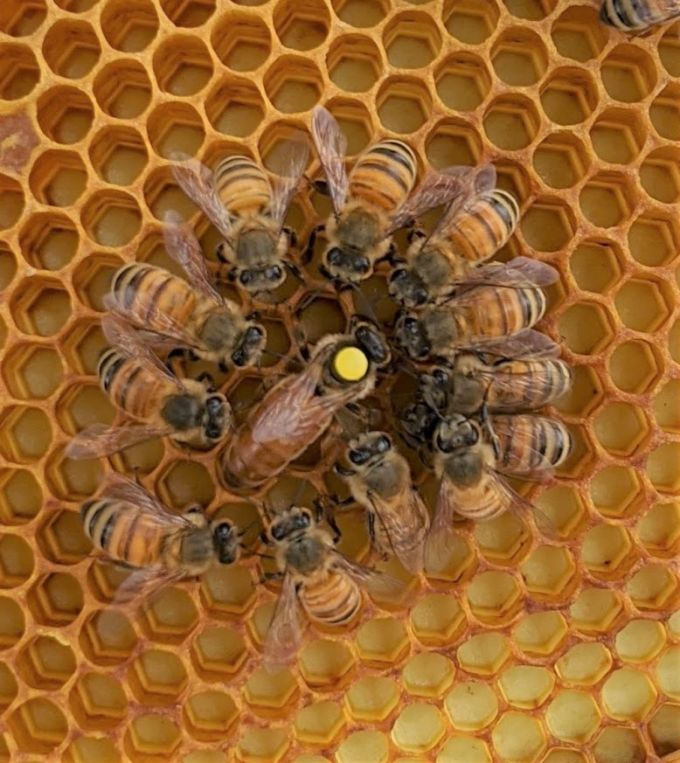
Webinar: The Making of a Queen
Presented by the NY Bee Wellness Workshops, speaker Kate Anton discusses queen biology and rearing, colony dynamics, data collection, selection, breeding and mating.
Kate Anton is a beekeeper, EPIQ instructor, and lab technician for the Grozinger Lab at Penn State University.
What Can We Do to Encourage Native Bees?
Pollinators need a diverse, abundant food source and a place to build their nests and rear their young. If we keep these two elements in mind we can encourage native bee populations.
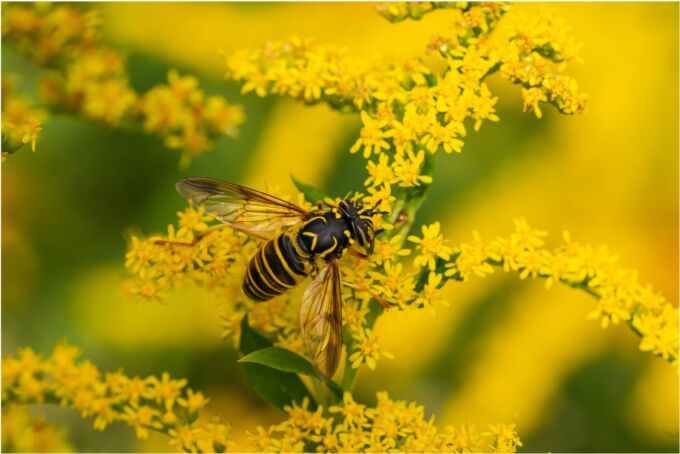
What is a pollinator?
Every plant that flowers requires pollination to reproduce. Learn what a pollinator is and why they are so important to our ecosystem.
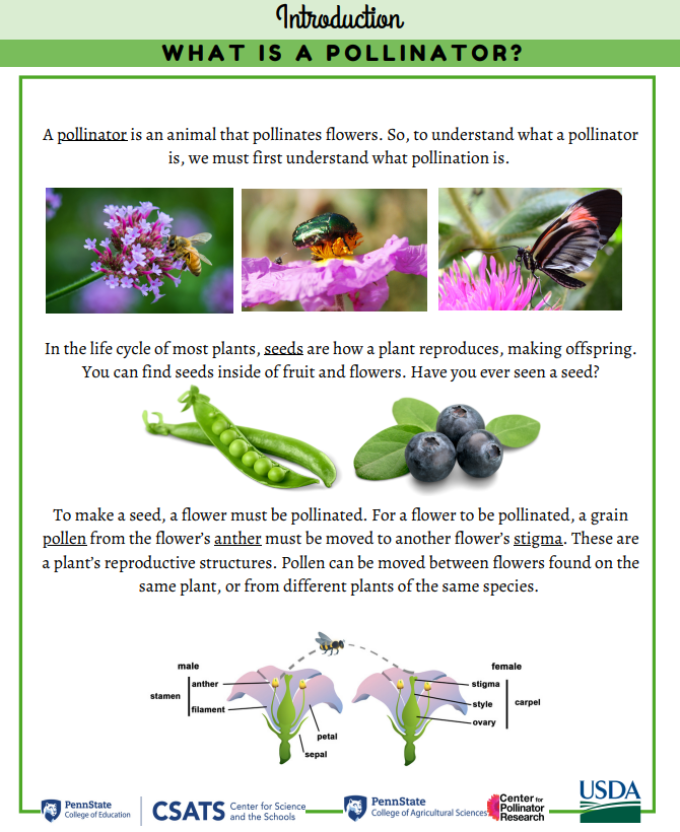
What is a Pollinator? 3-5
What is a pollinator? Use this reading passage, intended for grades 3rd-5th to introduce the subject of pollinators and pollination to young learners.

What is a Pollinator? K-2
What is a pollinator? Use this reading passage, intended for grades K-2nd to introduce the subject of pollinators and pollination to young learners.
To access accompanying audio files in English and Spanish please visit this link.
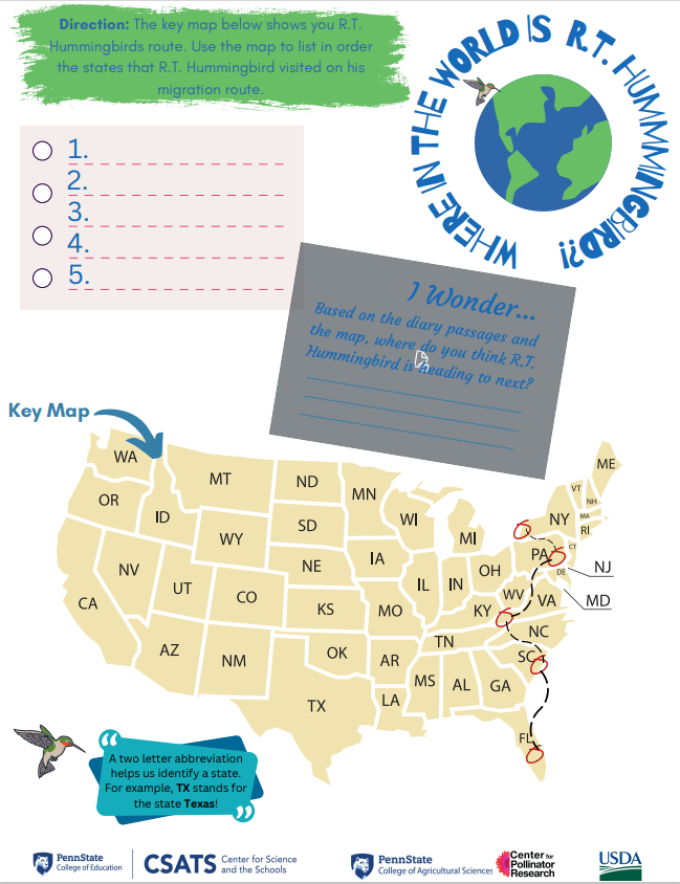
Where in the World is R.T. Hummingbird?
Grade Level: Second Grade, Life Sciences
Overview: In this lesson, students will learn about the Pennsylvania state hummingbird, The Ruby-Throated (R.T.) Hummingbird. Students will learn how this special hummingbird is a natural pollinator and its amazing annual journey through the United States. Students will work together to discover this pollinator’s migration route through North America. Students will receive 5 diary passengers written from R.T. Hummingbird who is migrating north for the summer months. Each diary passage has geological context clues. Students will use the clues and a physical region map as a key to help guide them into finding the correct 5 locations. Students will then connect the 5 location spots to observe the northern migration route of the R.T. Hummingbird. Students will also learn about different types of flowering plants that grow due to an environment and how animals adapt to change.
Who are Our Pollinators?
Approximately three quarters of our major food crops are pollinated. Here we will look at how wild bees provide insurance against ongoing honey bee losses.
Who Pollinates Pennsylvania Blueberry Plants?
Blueberries (genus Vaccinium) are a high-value crop in Pennsylvania and the United States, with an estimated value of at least $825 million to the US economy in 2014.
Why Use Native Plants?
This article explains what native plants are, their benefits, and where to acquire them. It also includes tips on how to use native plants in the home garden.
Wild Bees for Pennsylvania Cucurbits
In addition to honey bees, which are managed, various un-managed species that exist as wild populations play key roles in providing pollination of cucurbit crops.
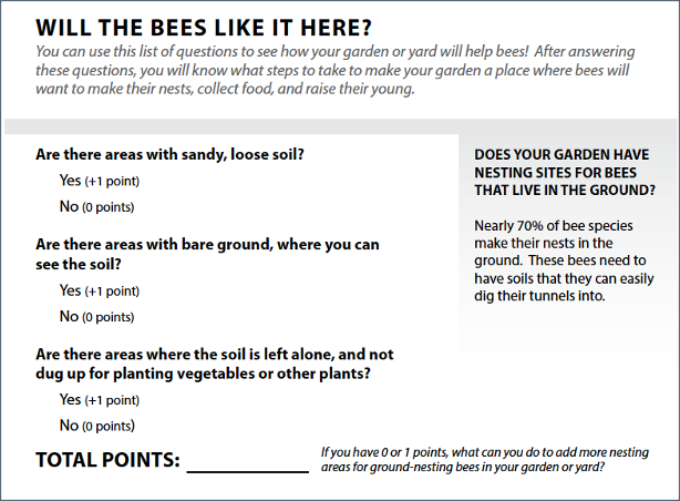
Will bees like it here? Data Collection Worksheet
Use this worksheet to collect data for the lesson plan "Will Bees Like it Here?"

Will bees like it here? Lesson Plan
In this lesson, students will evaluate two habitats for nesting and floral resources for wild bees and compare their evaluations to observed pollinator activity. Students will participate in collecting and recording data after hypothesizing habitat quality based upon the number of pollinators and pollinator diversity. Students will communicate the results of the investigation to their peers.
